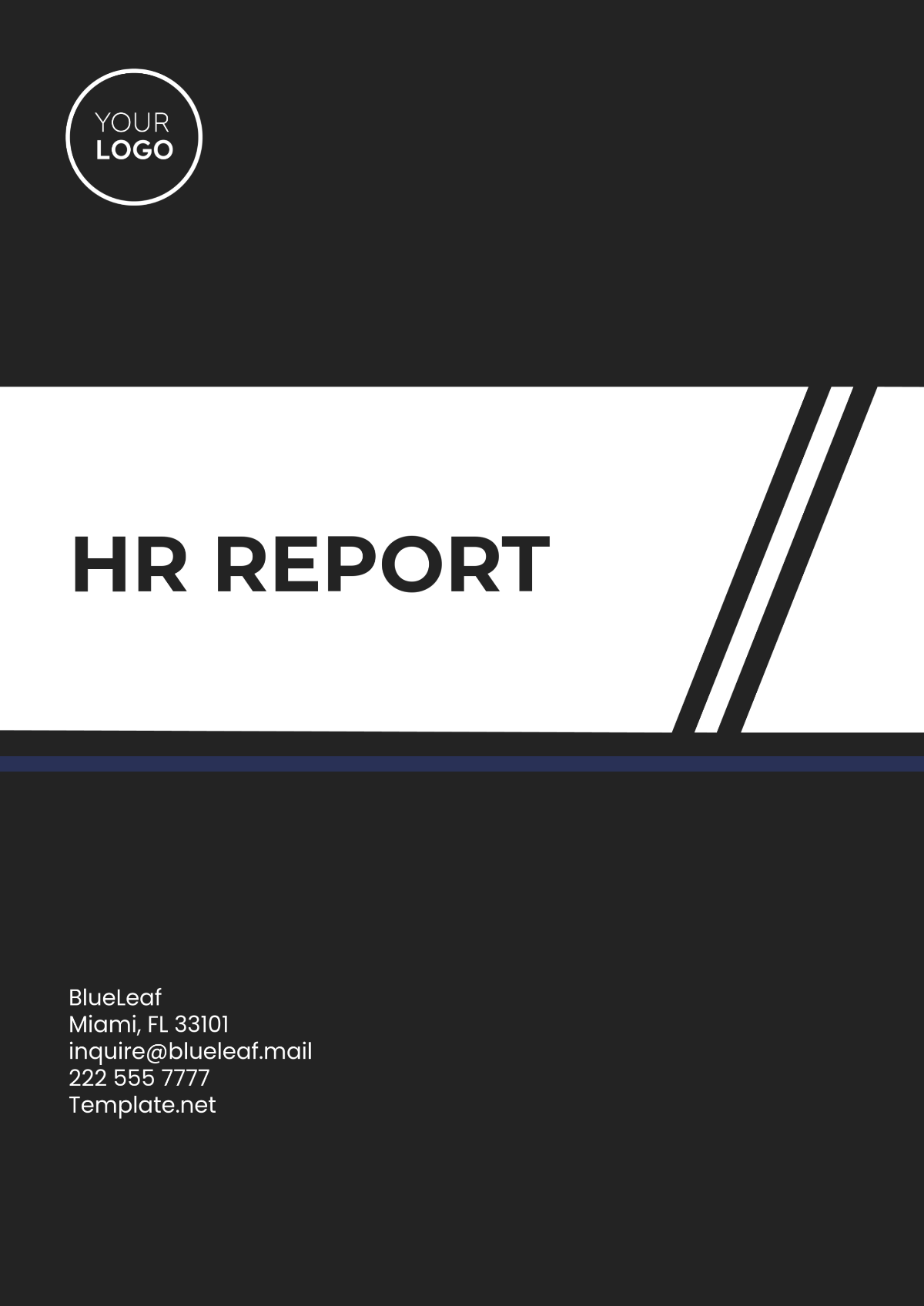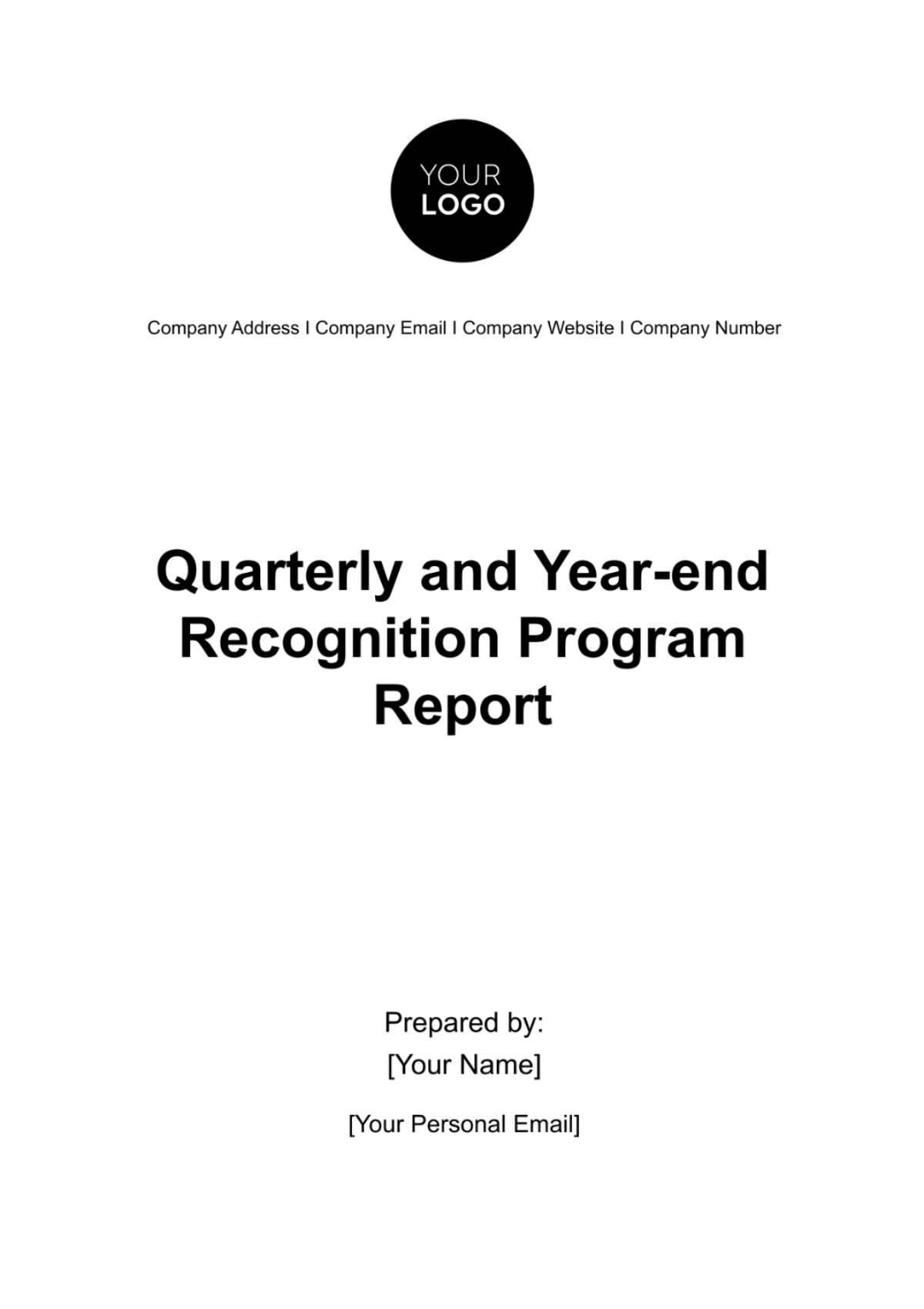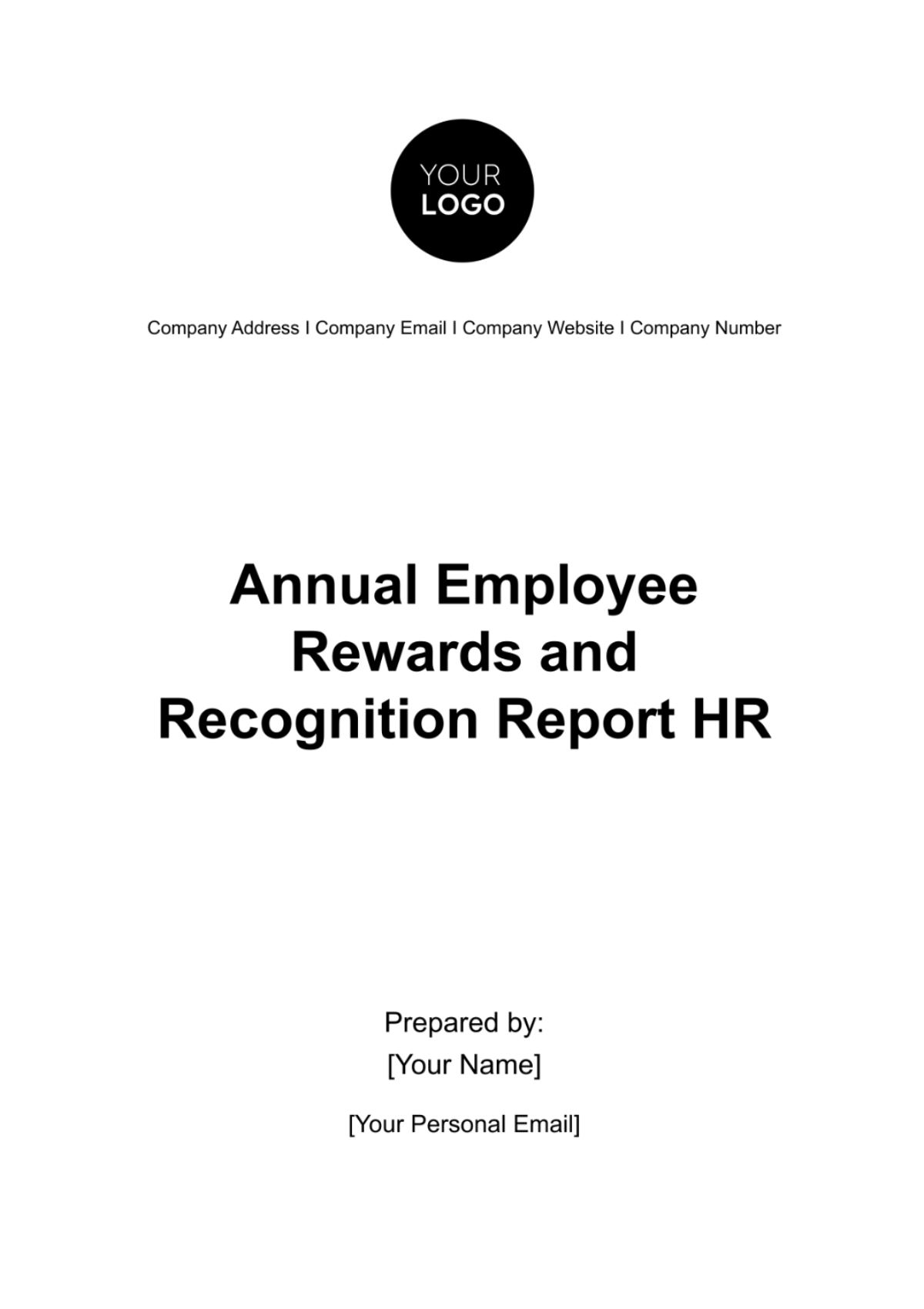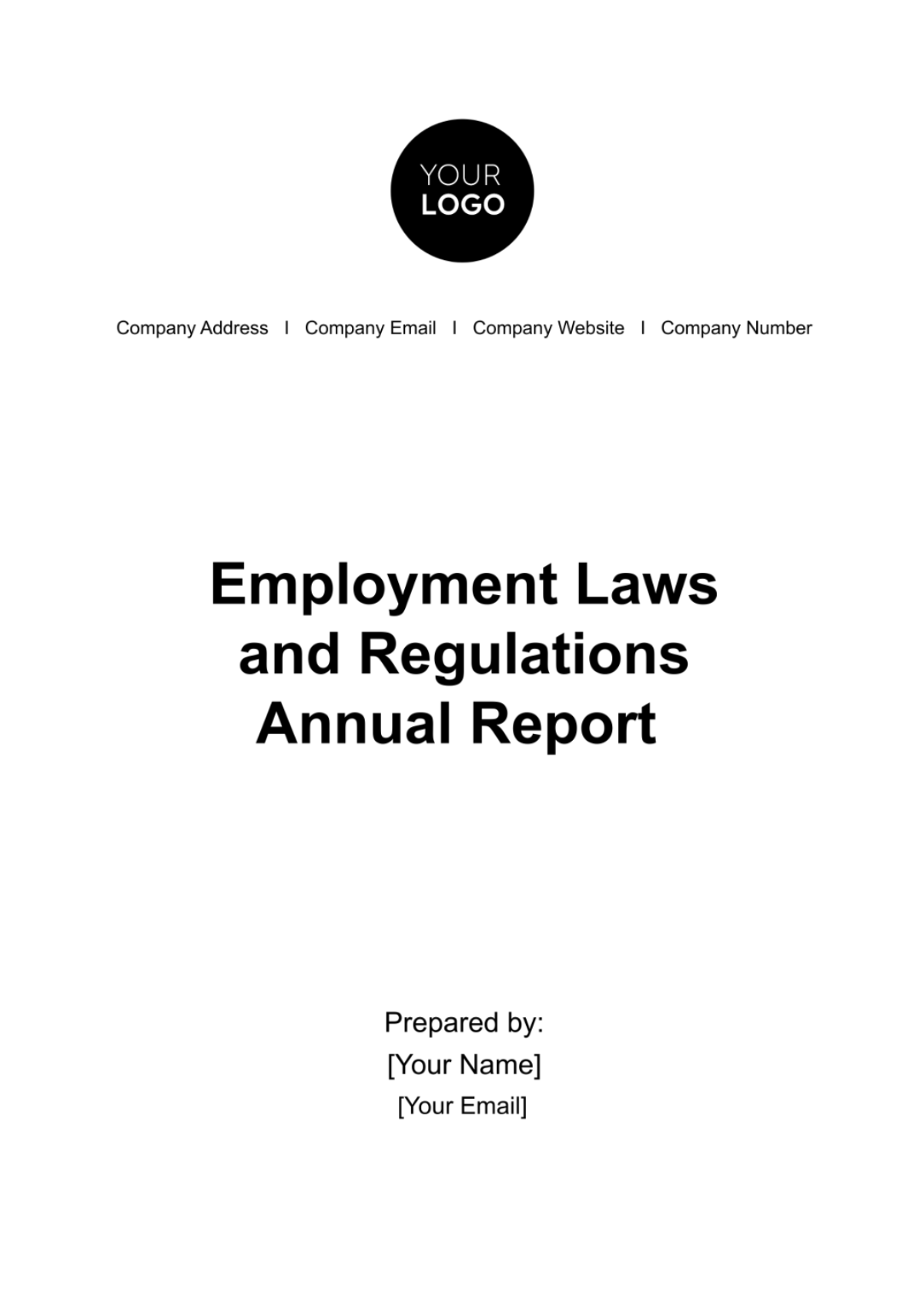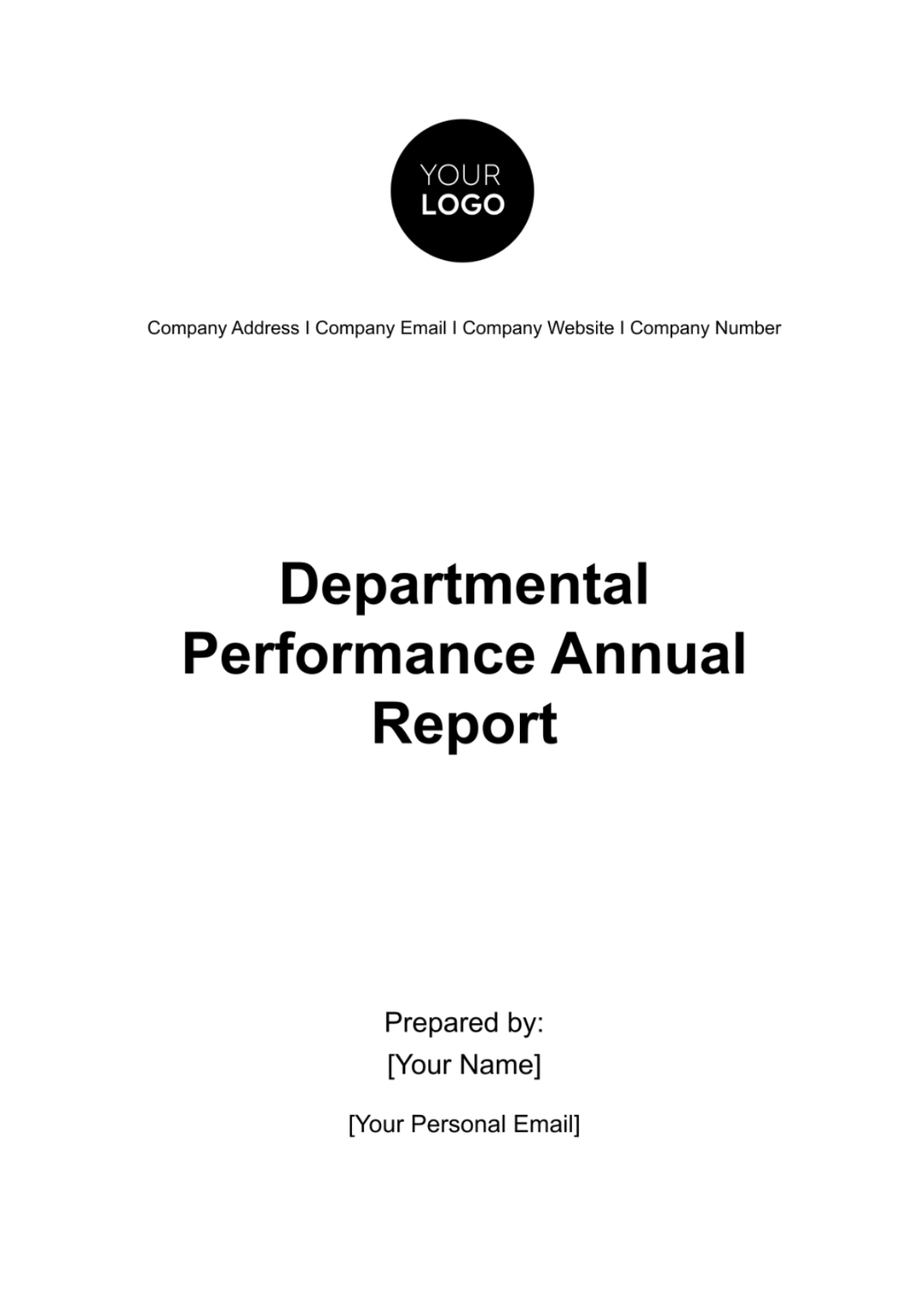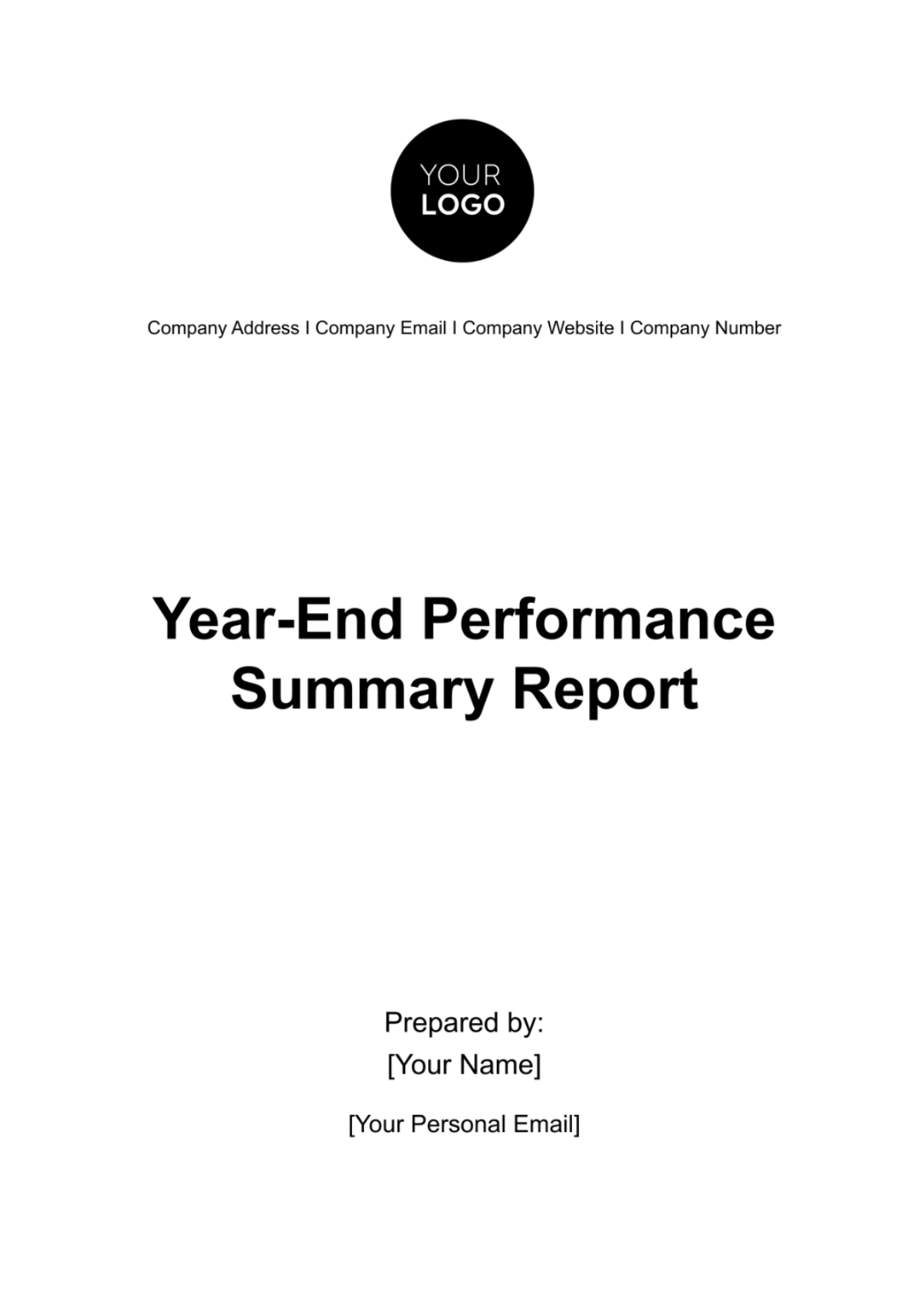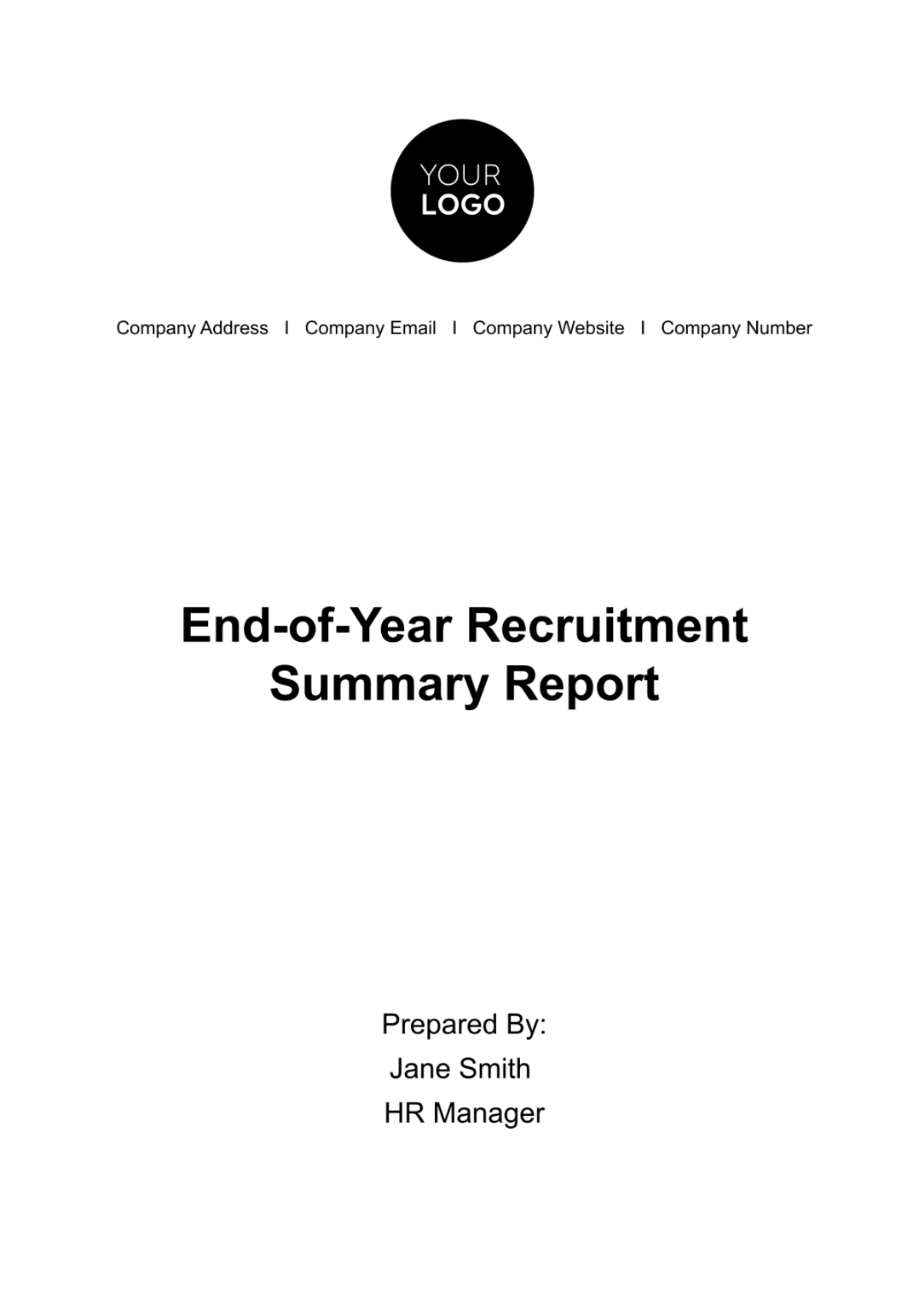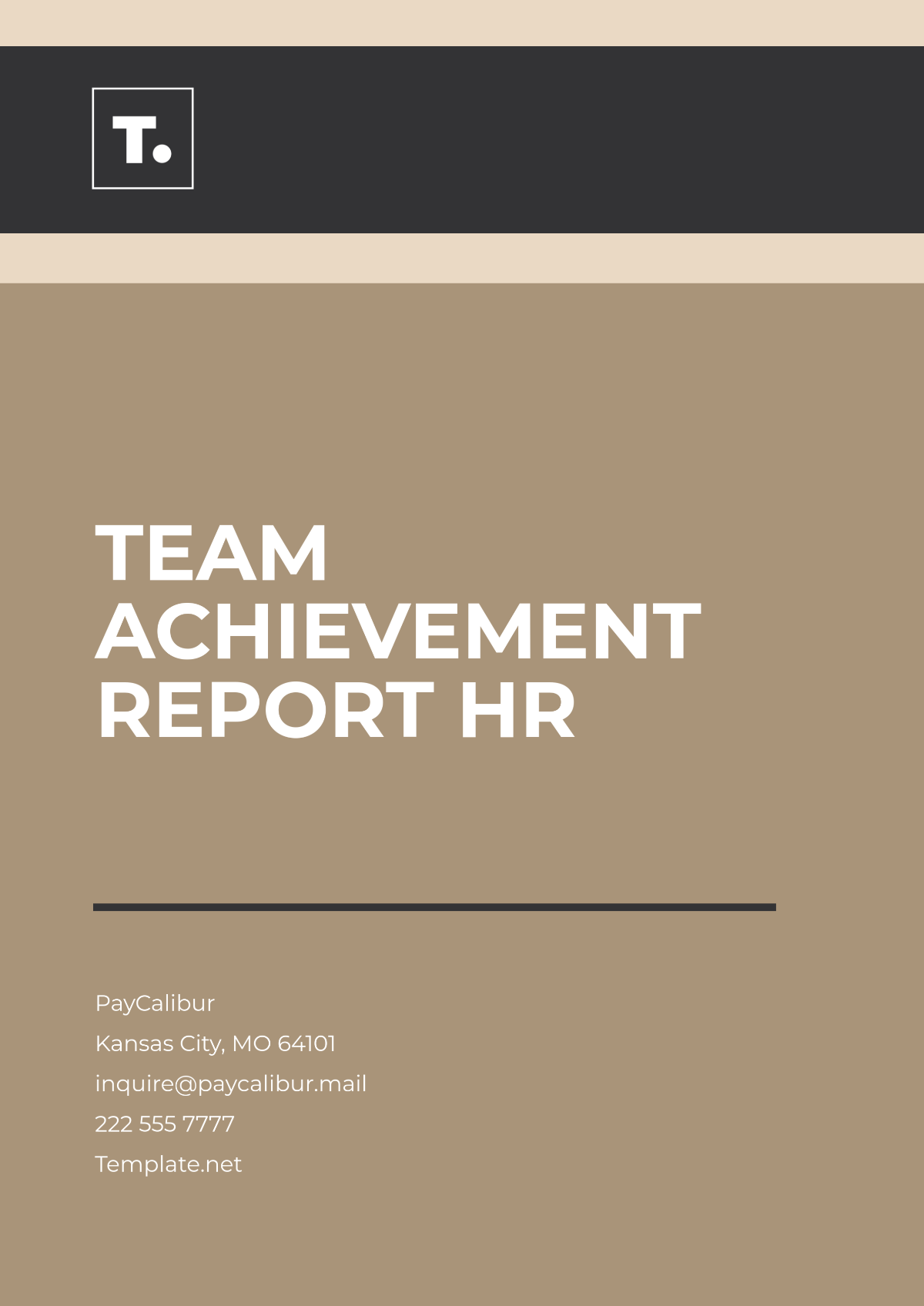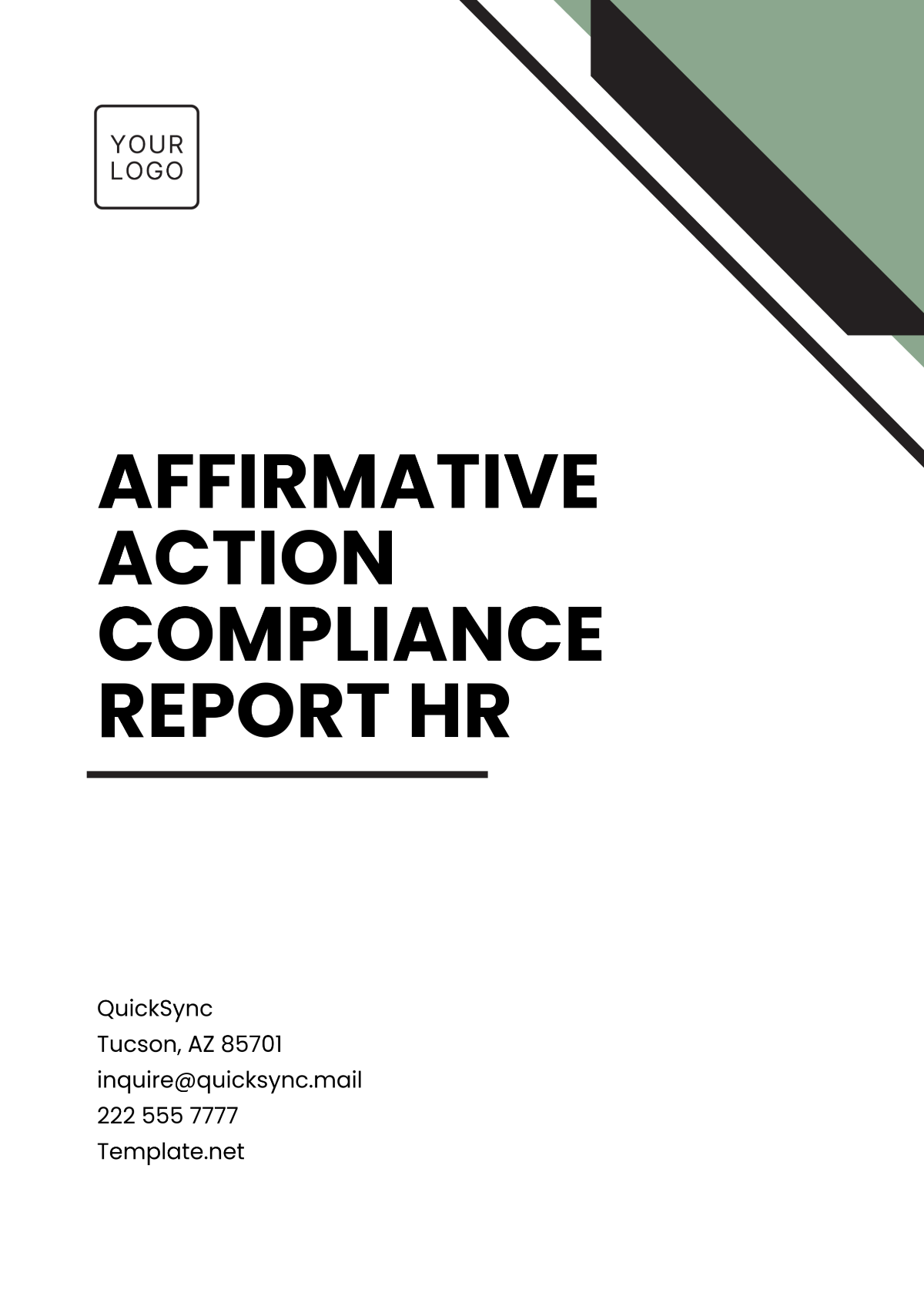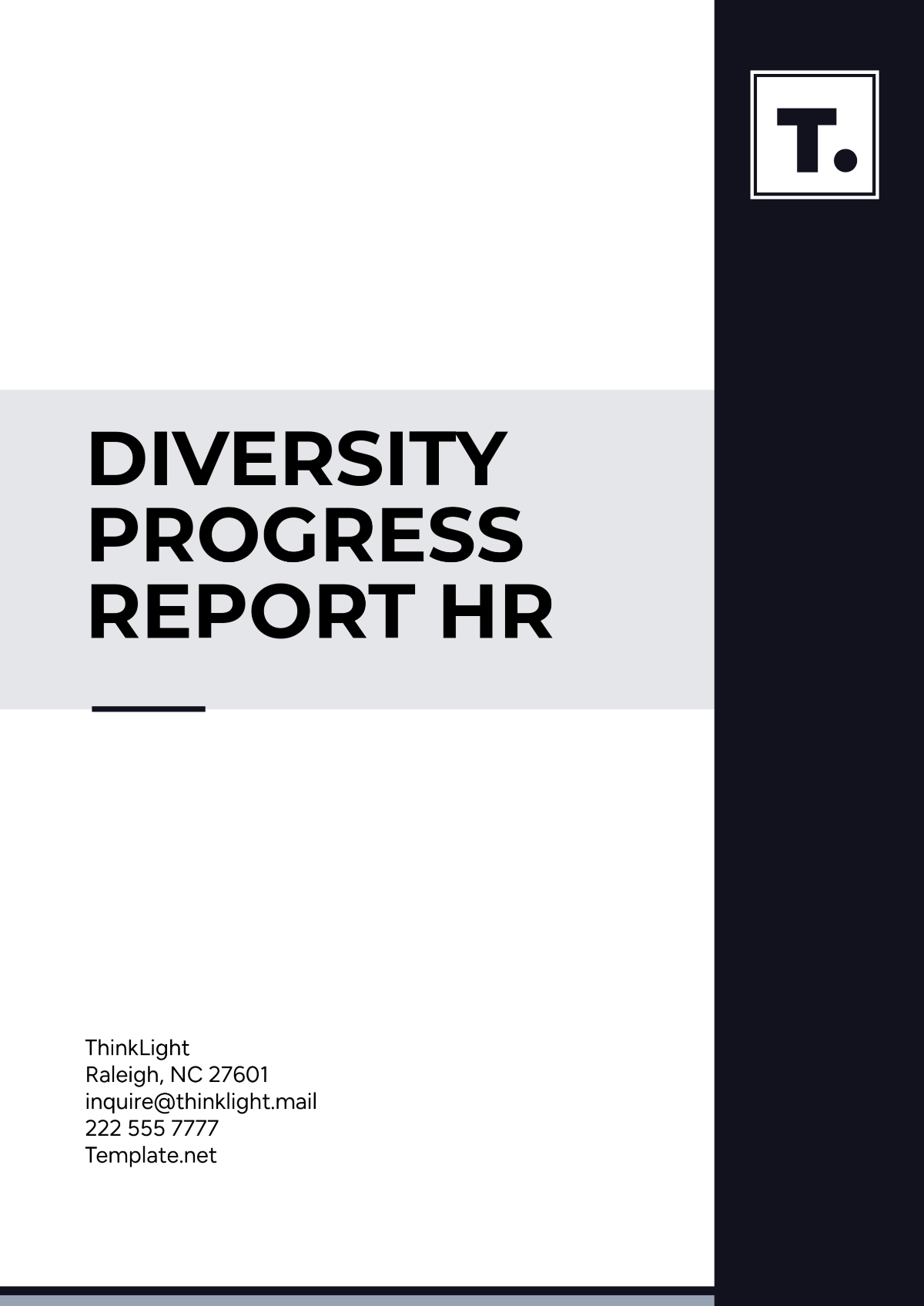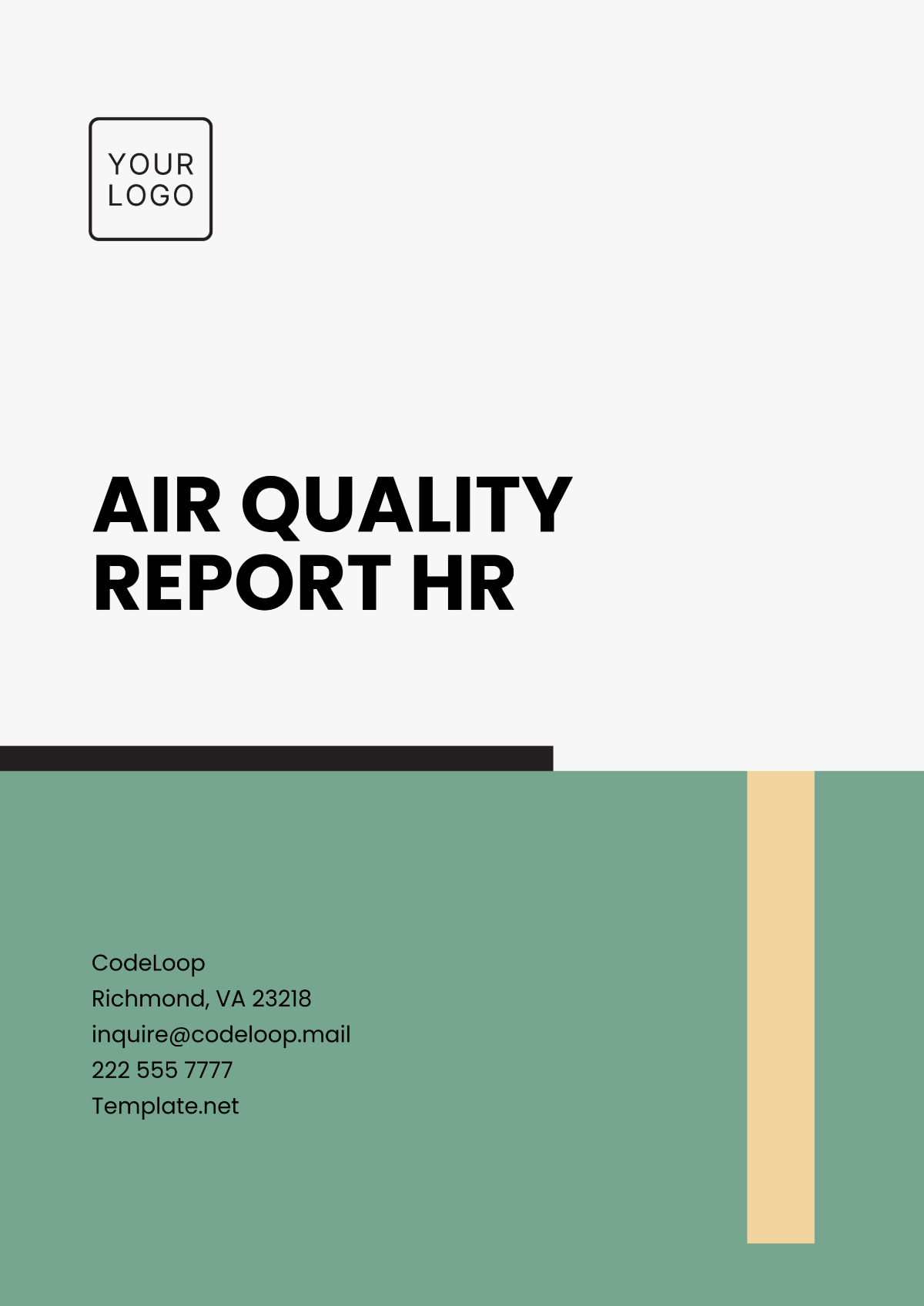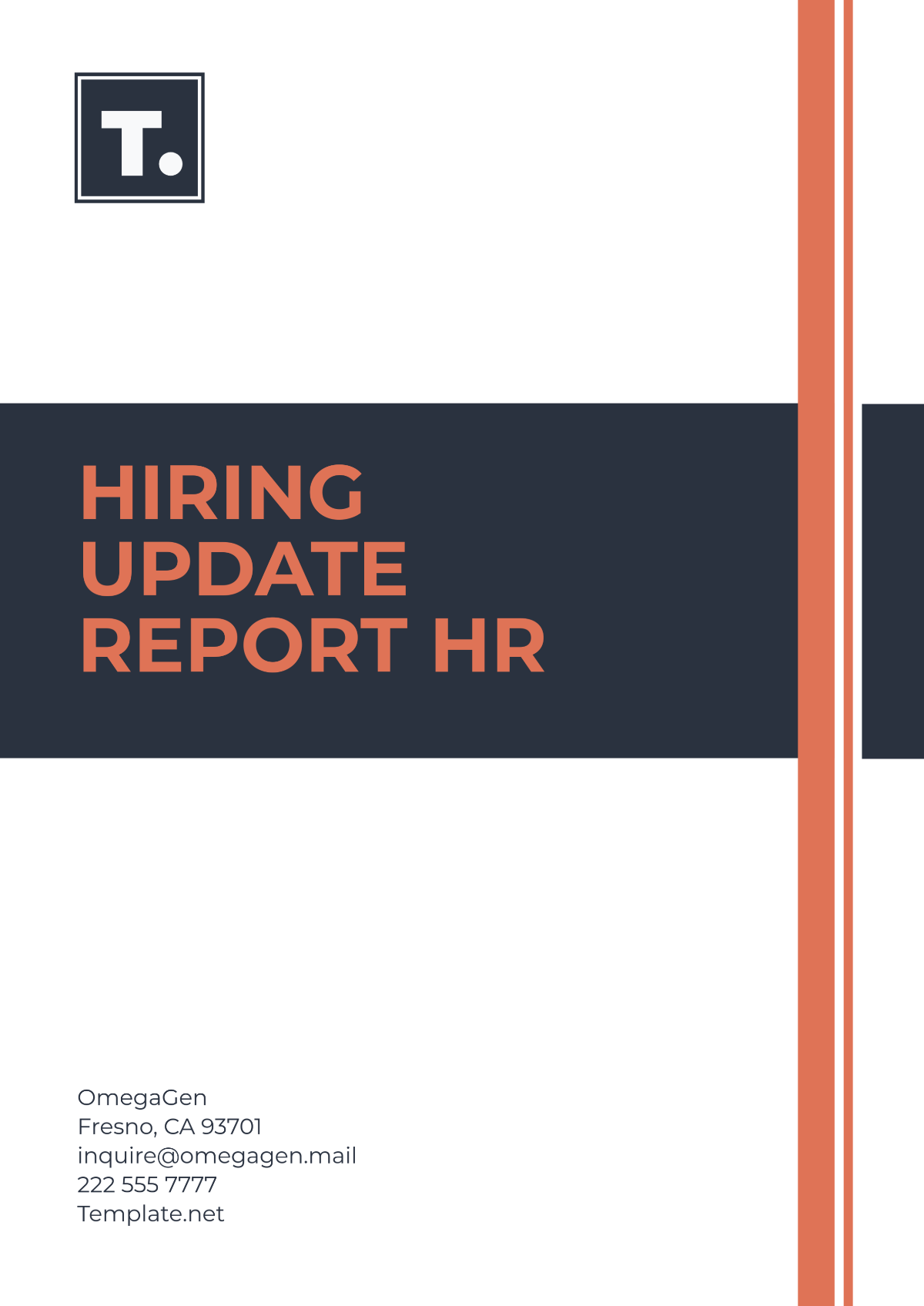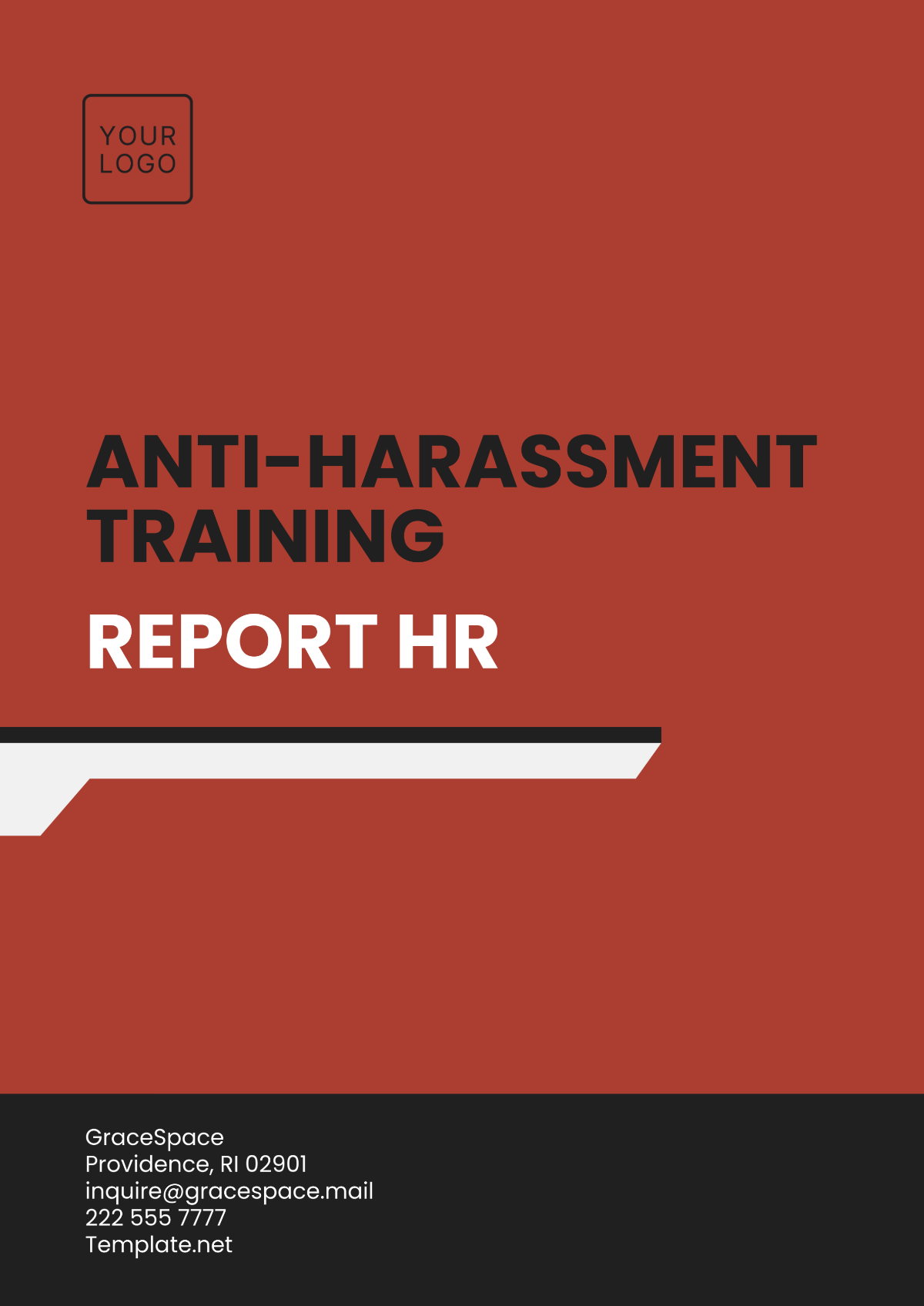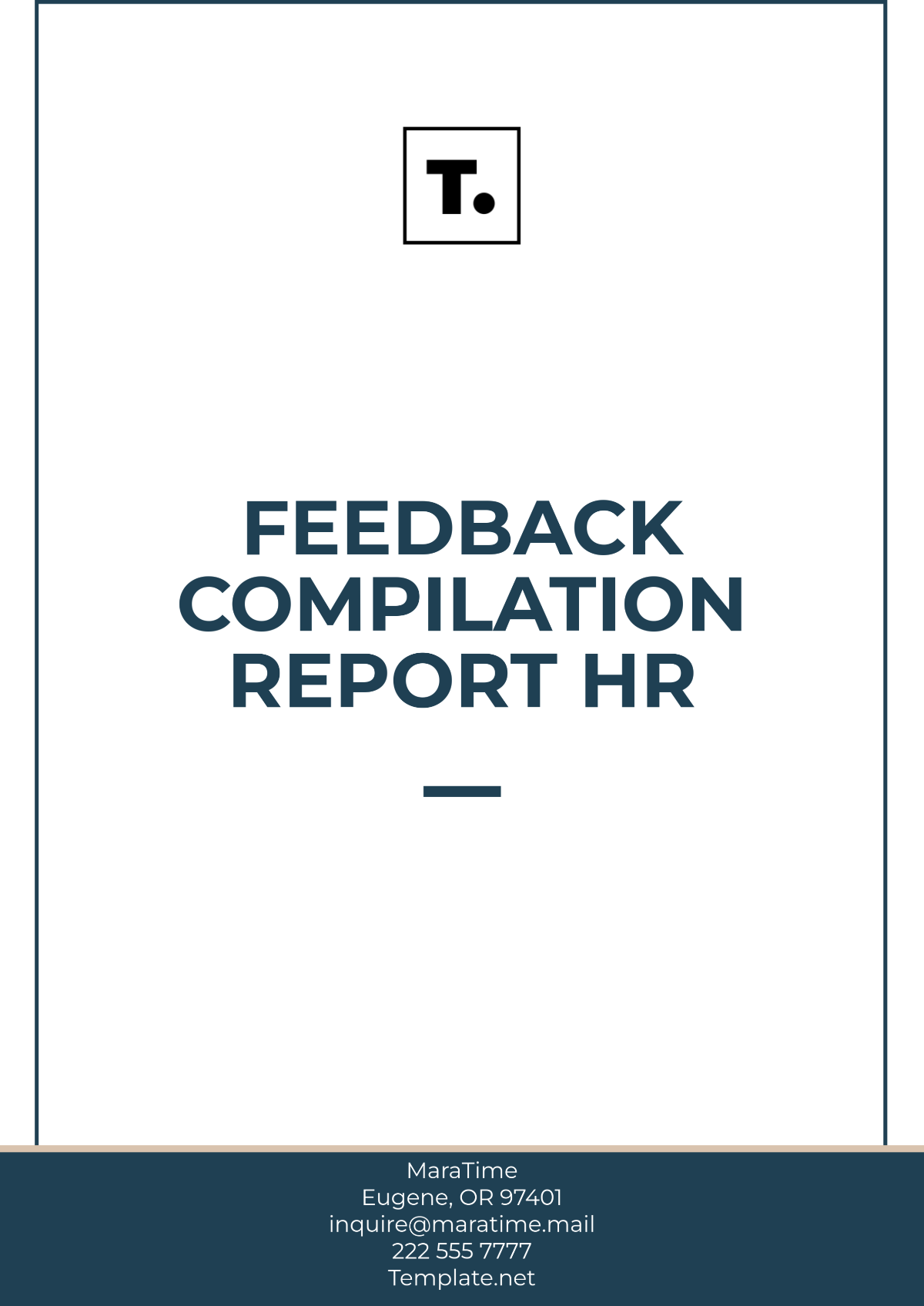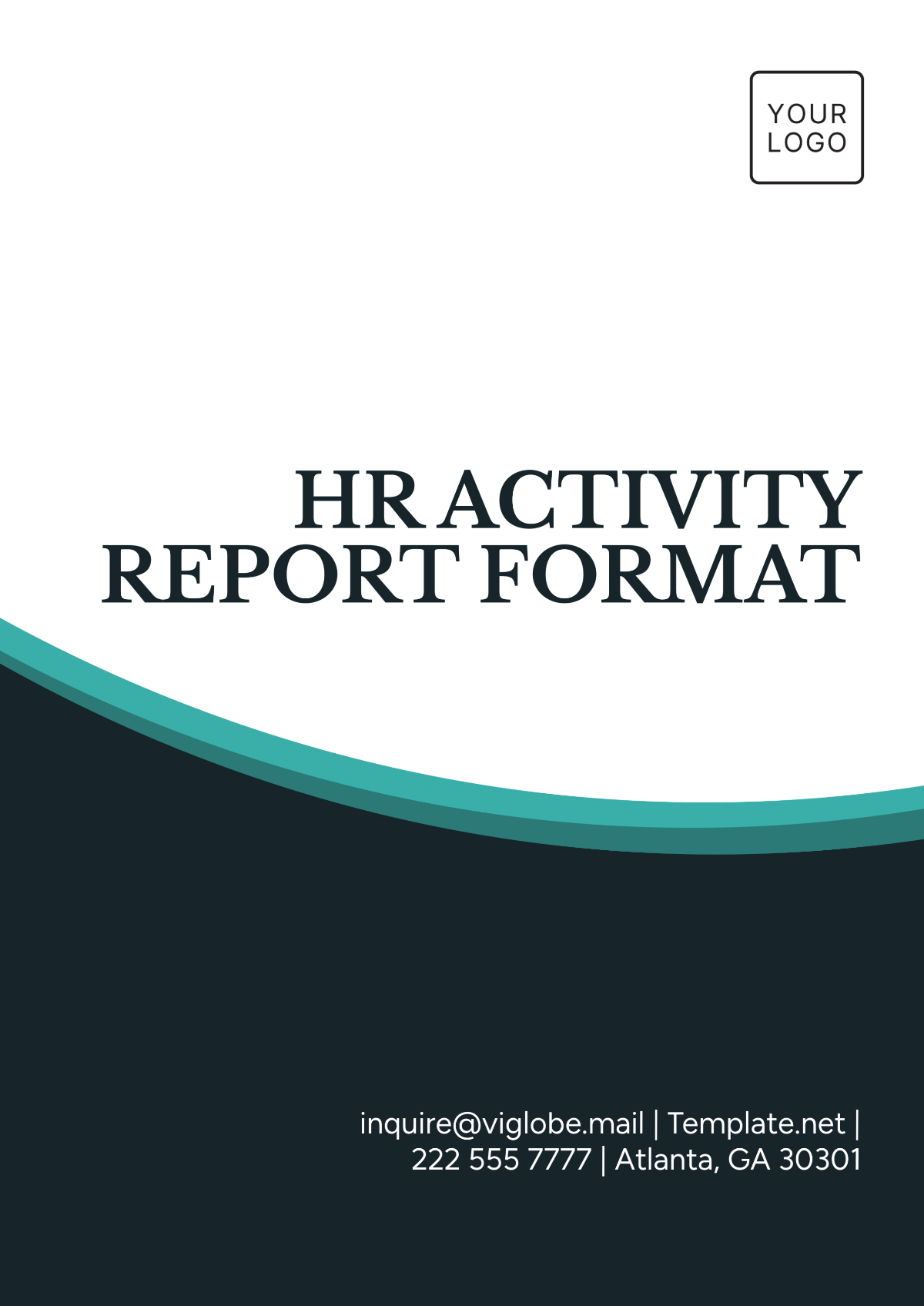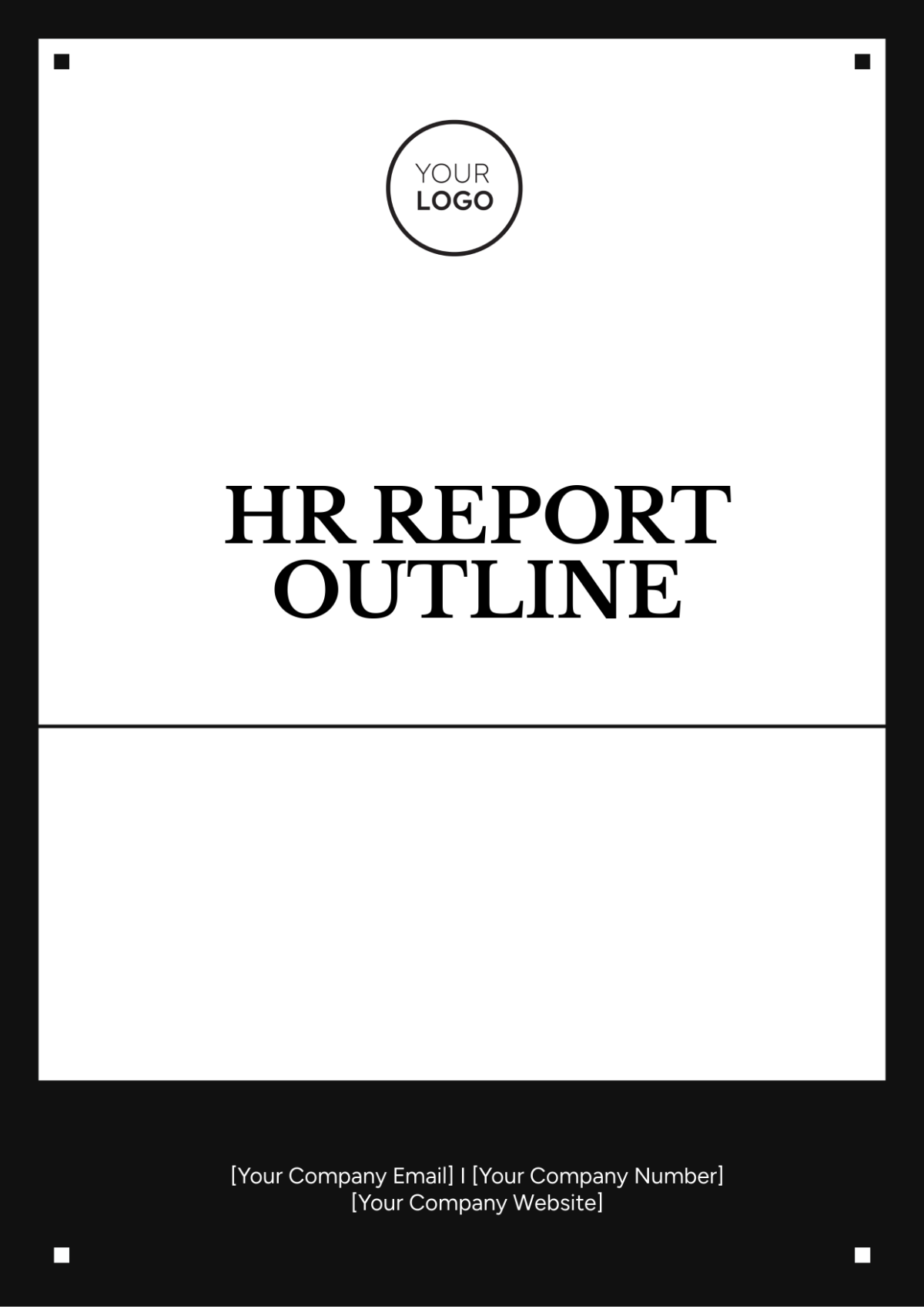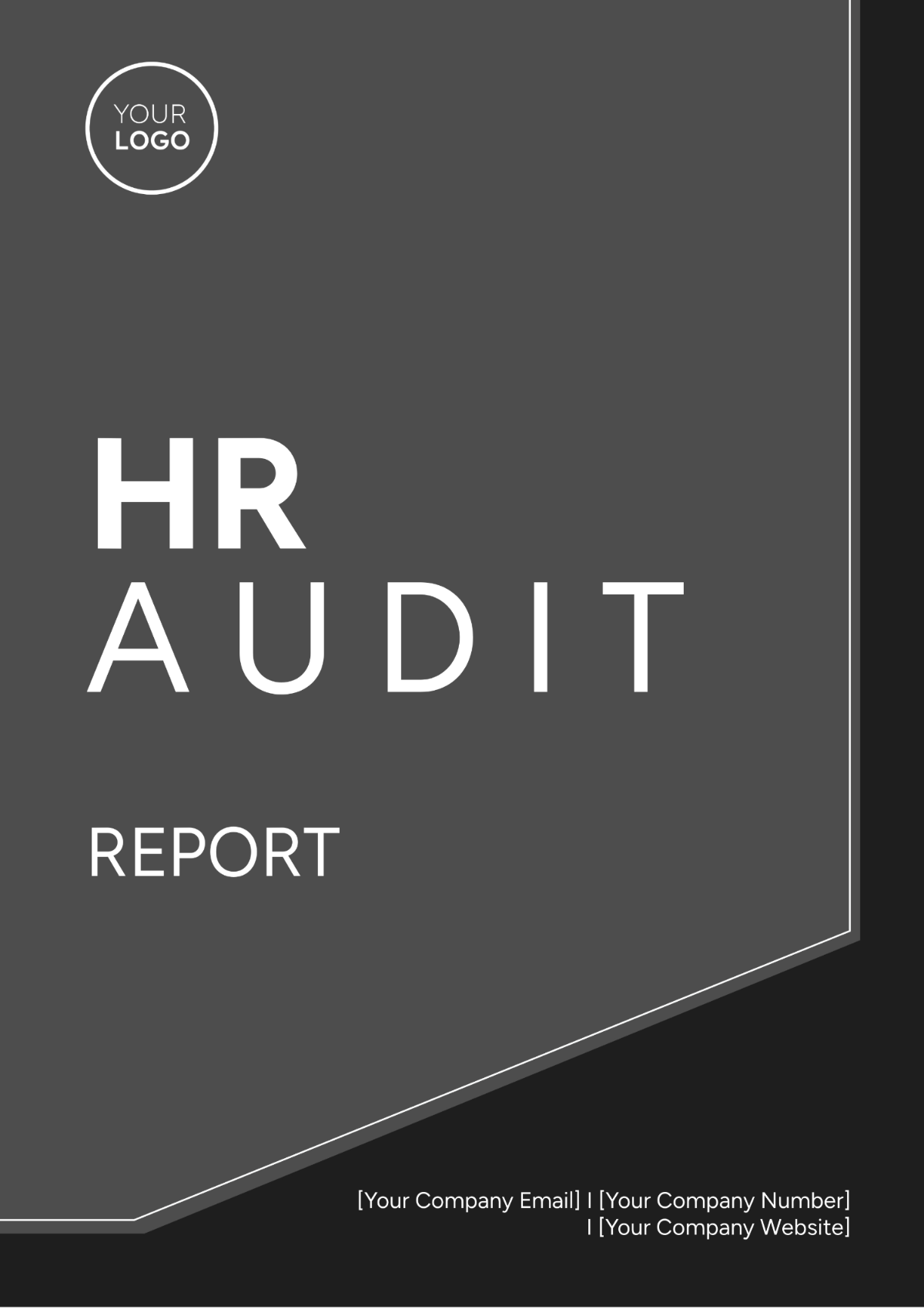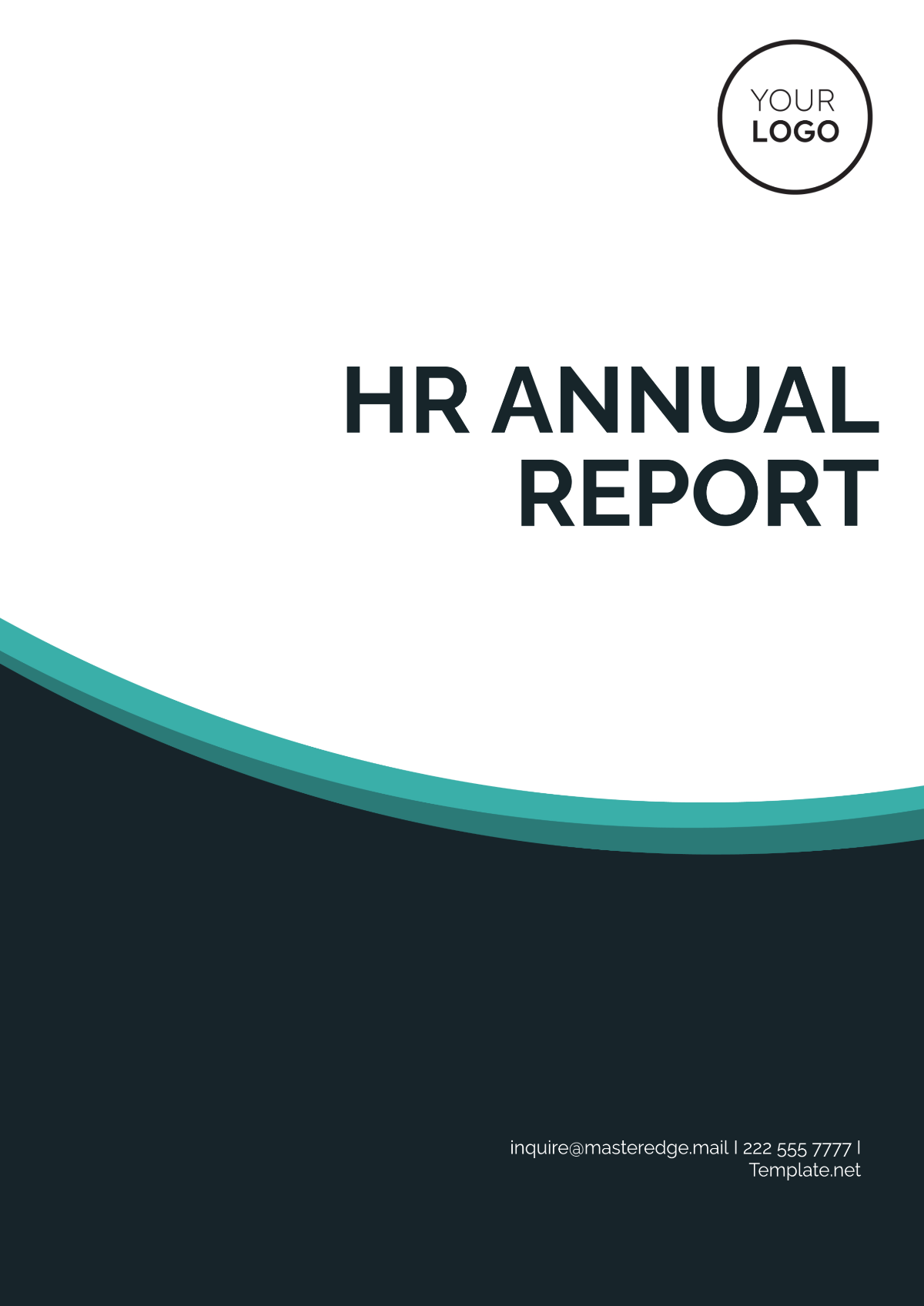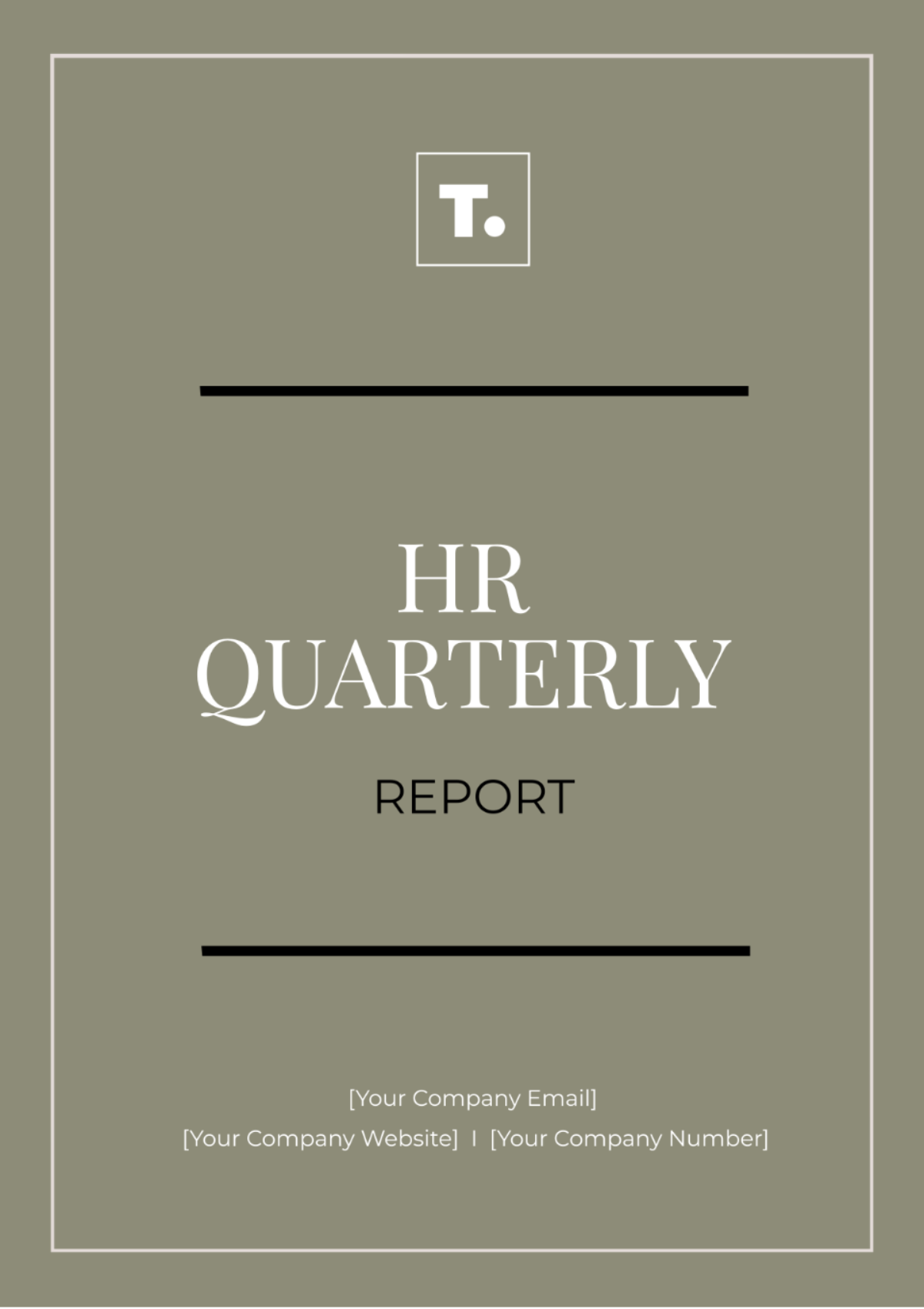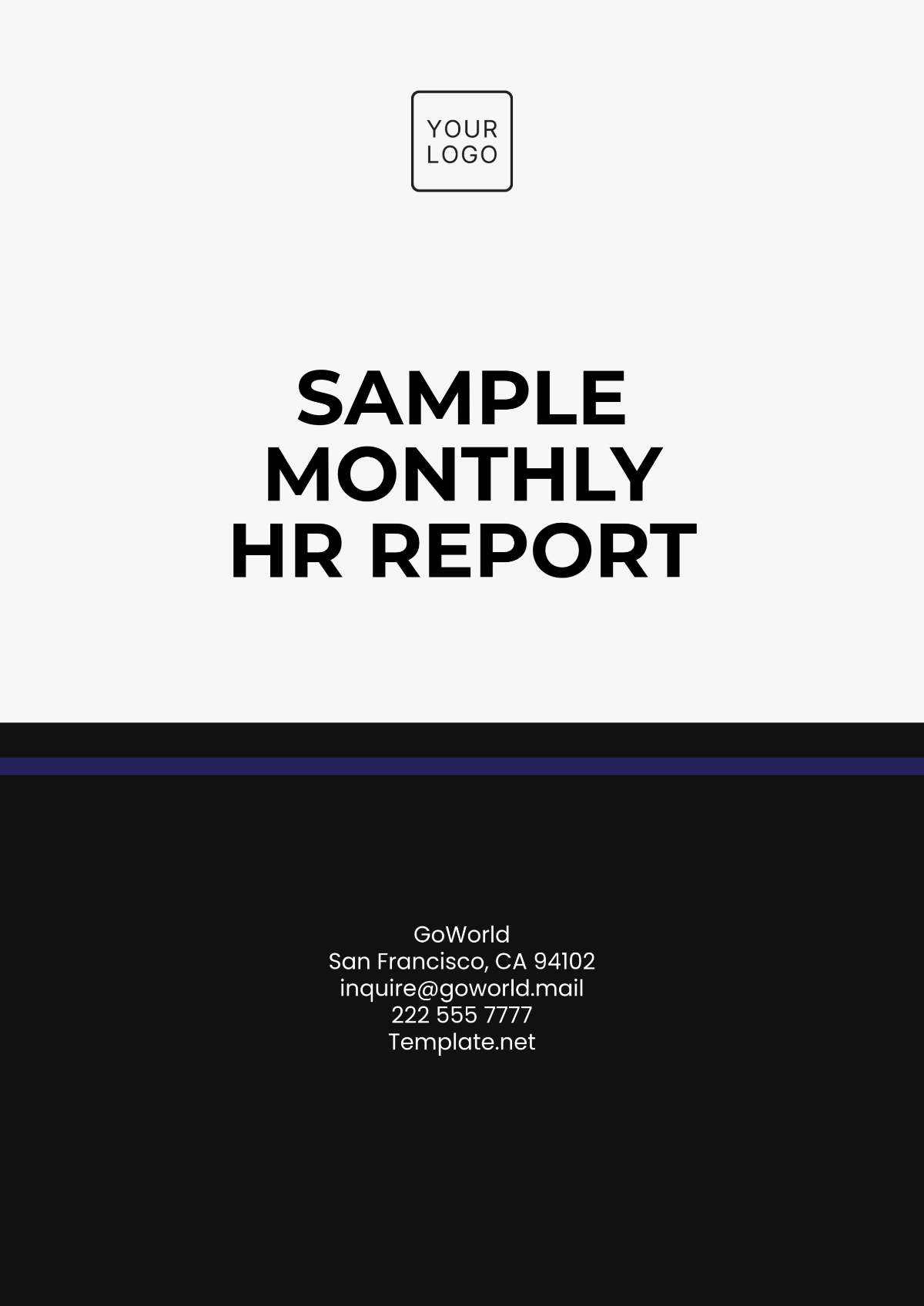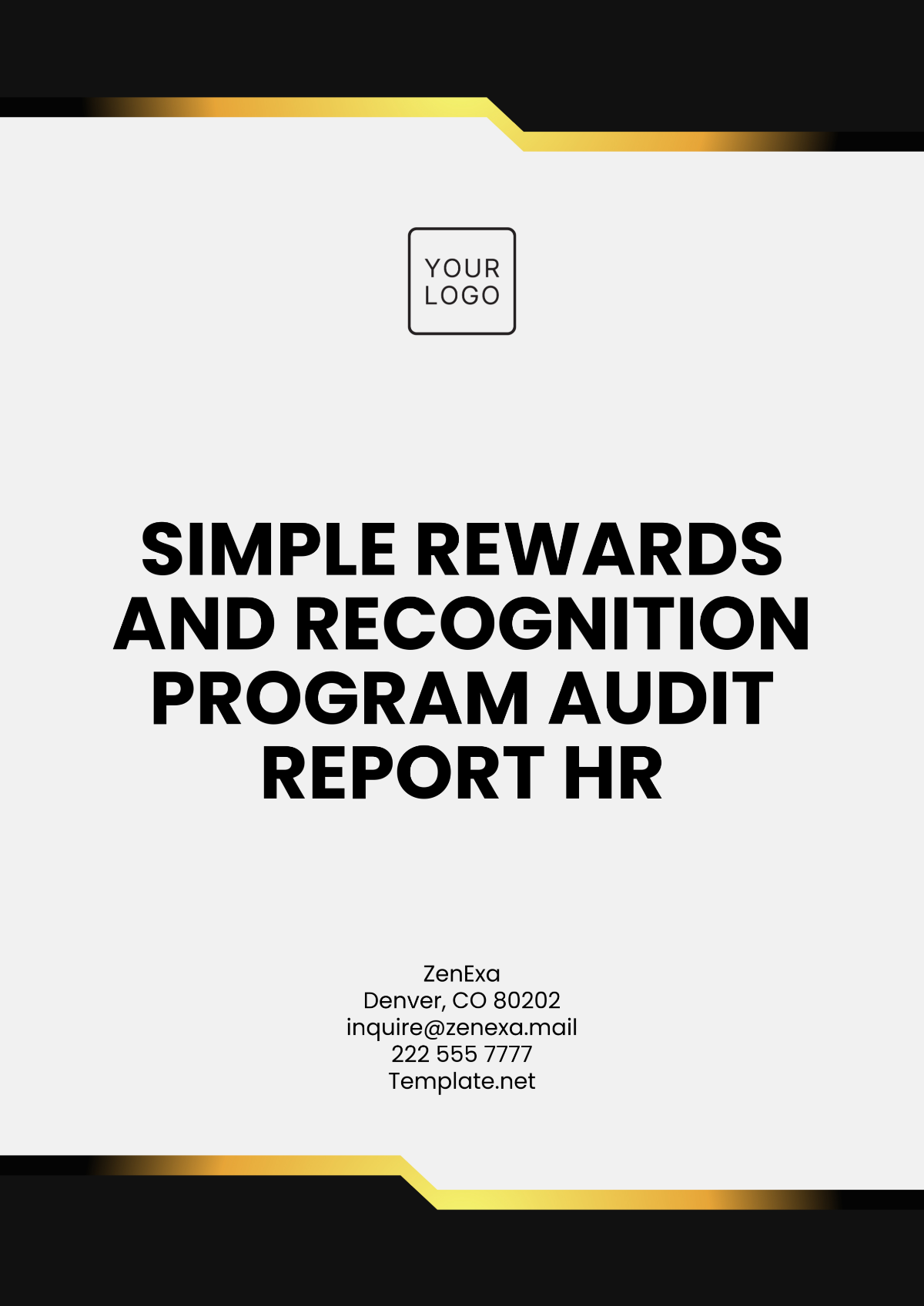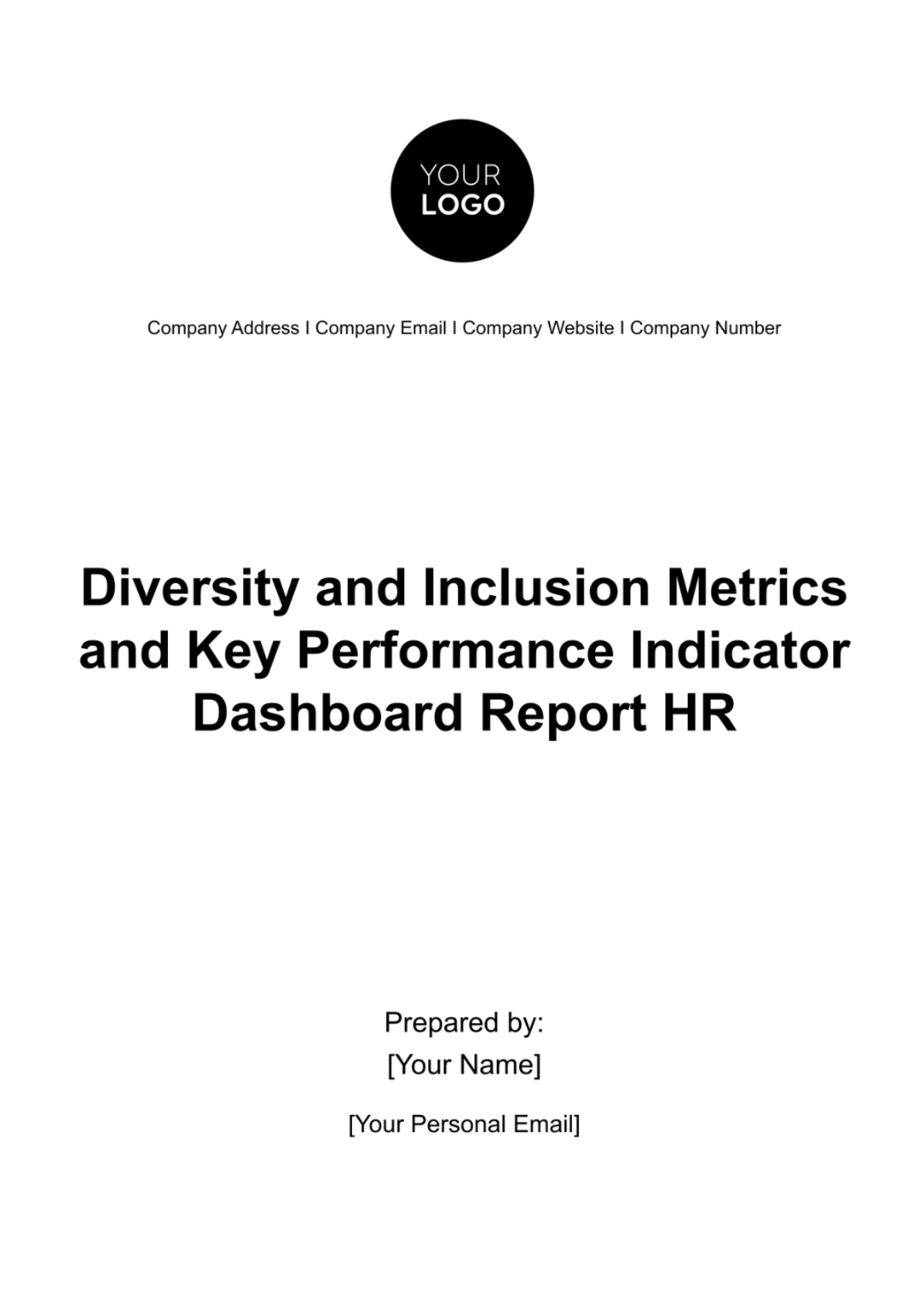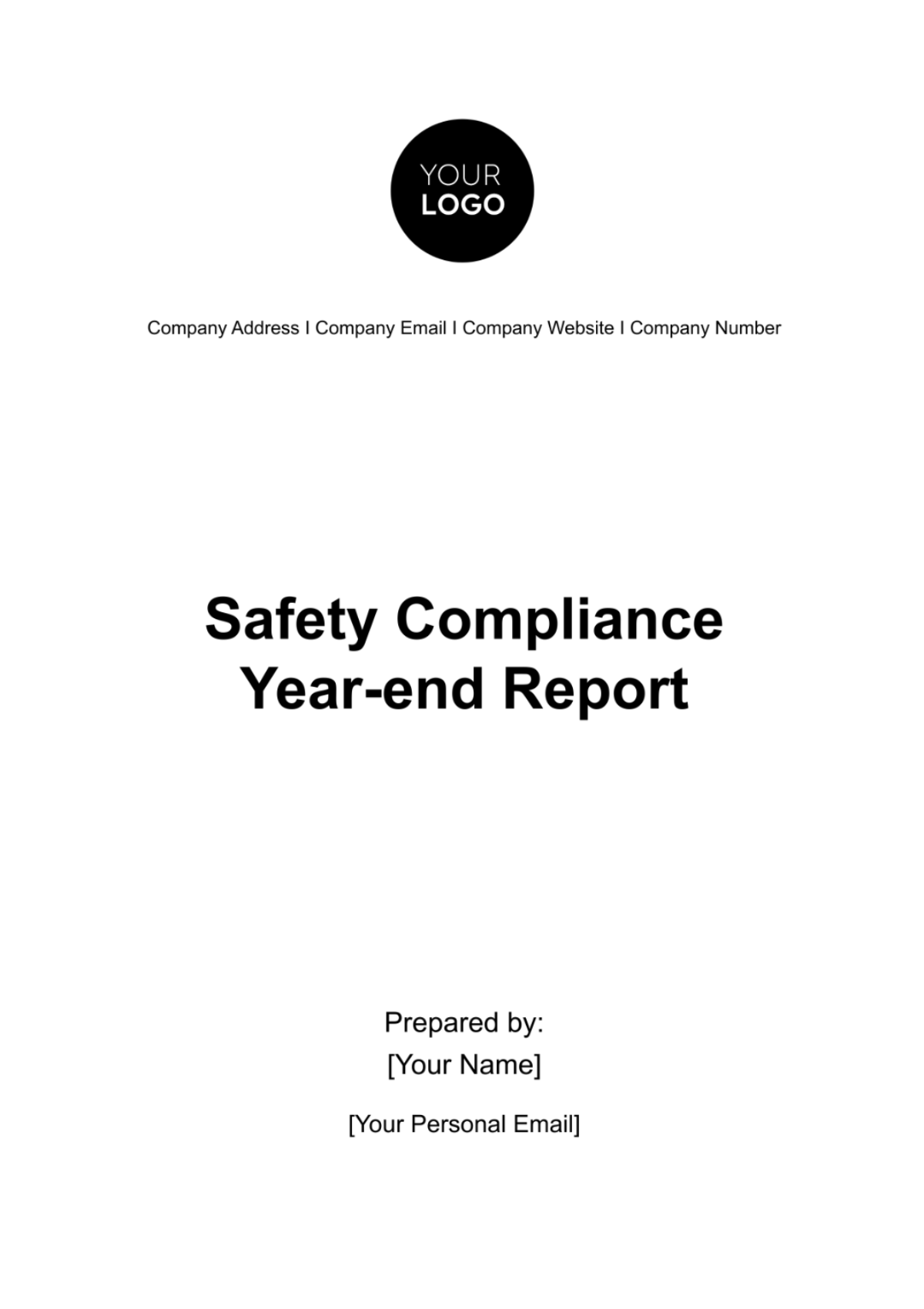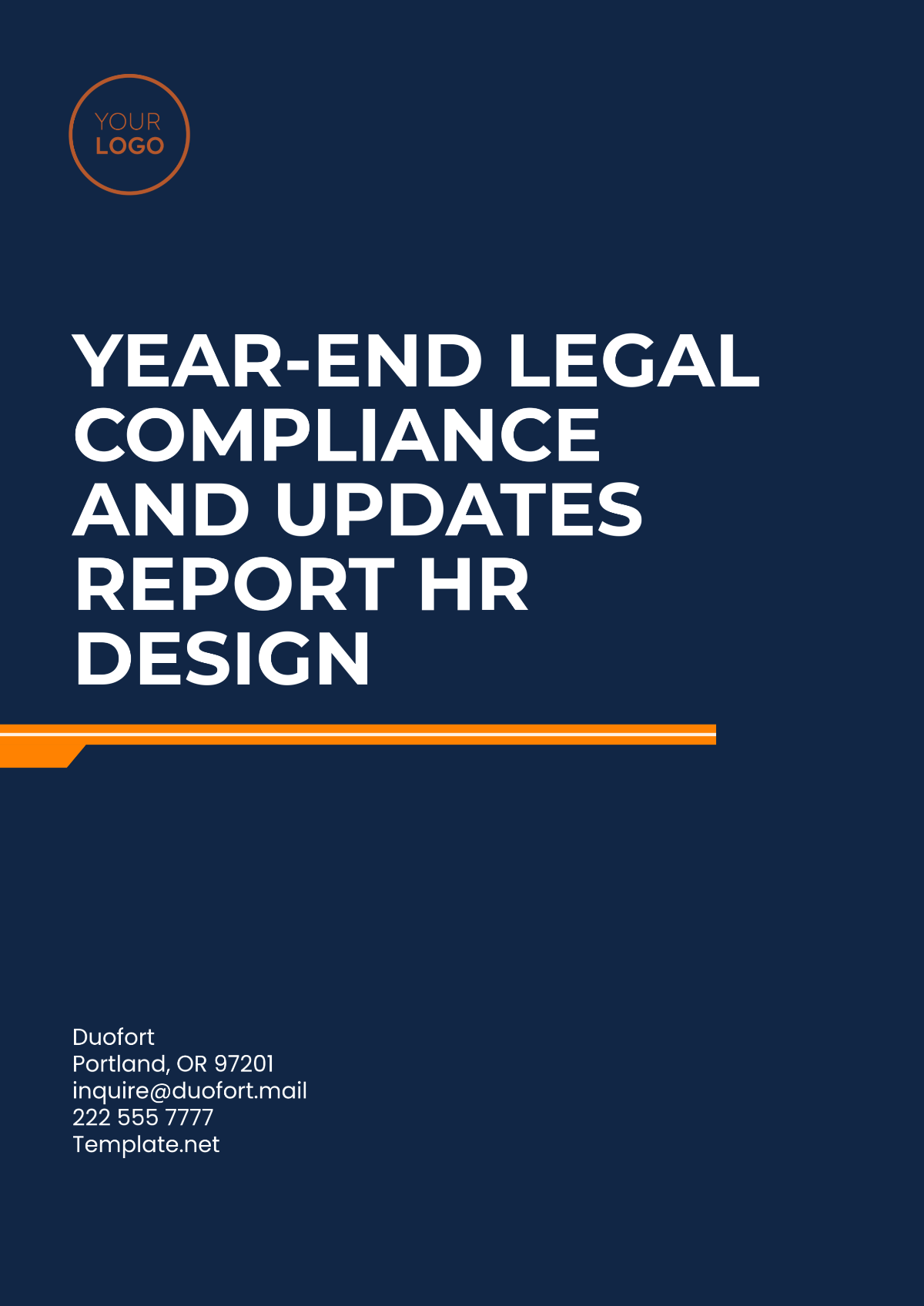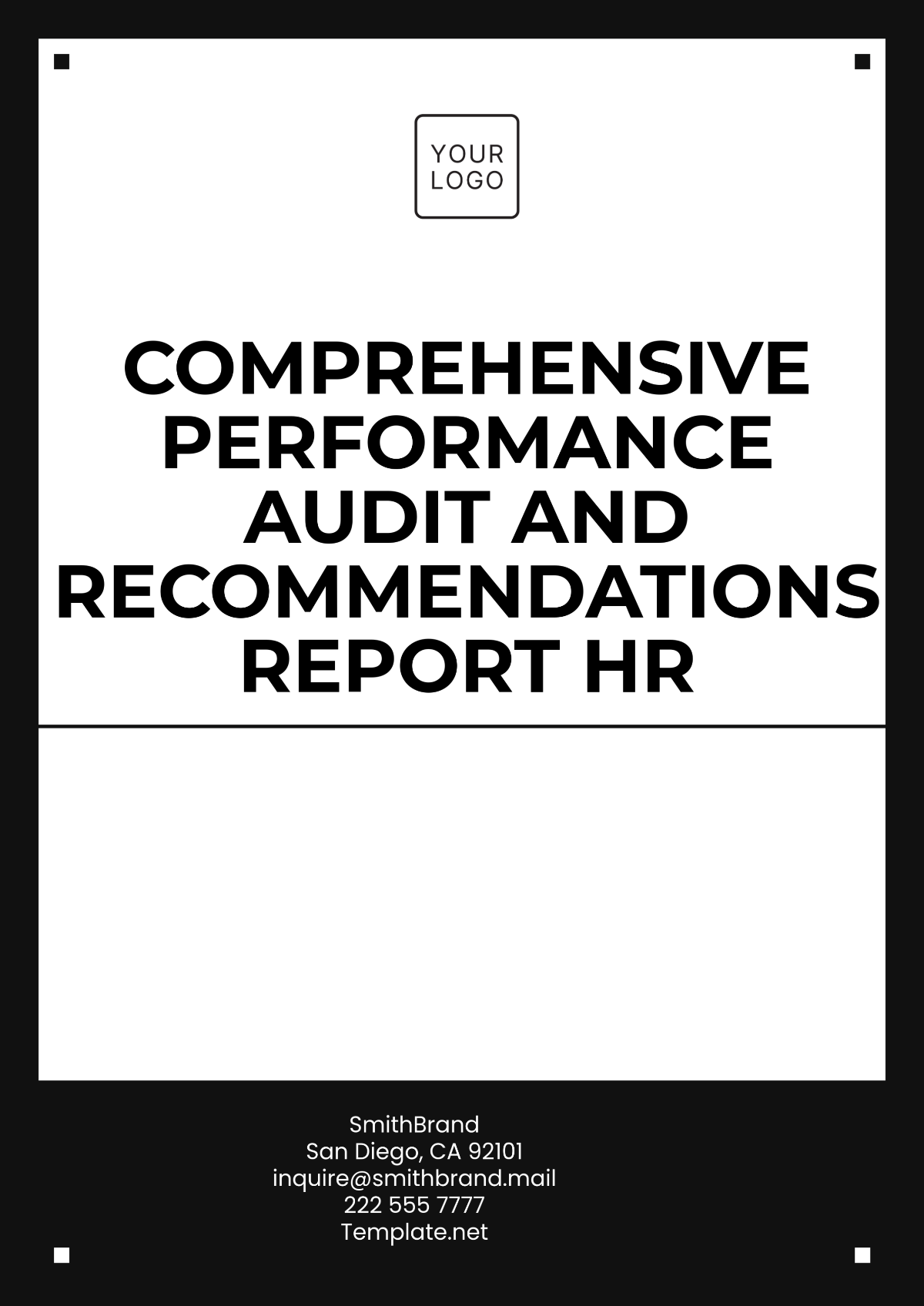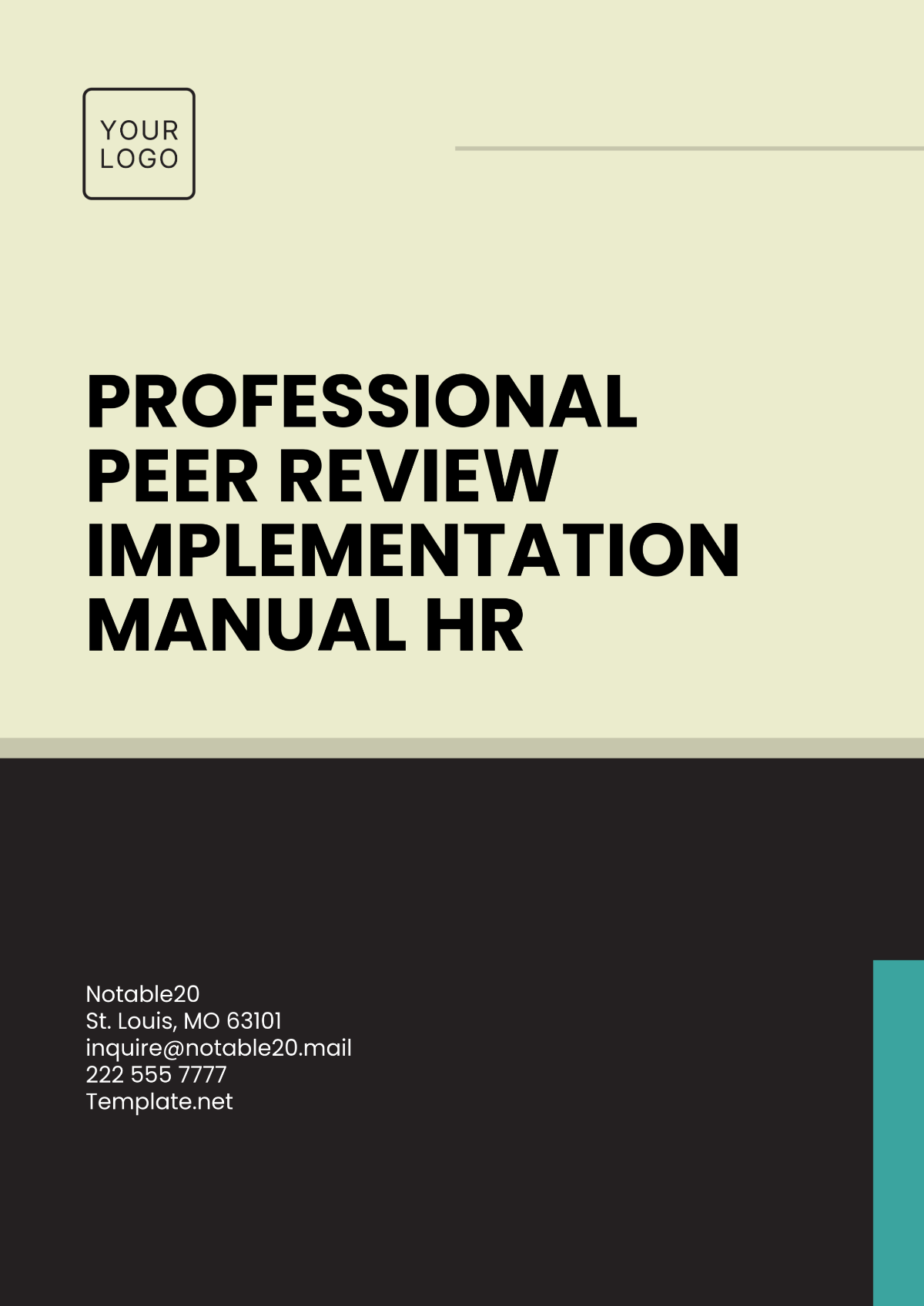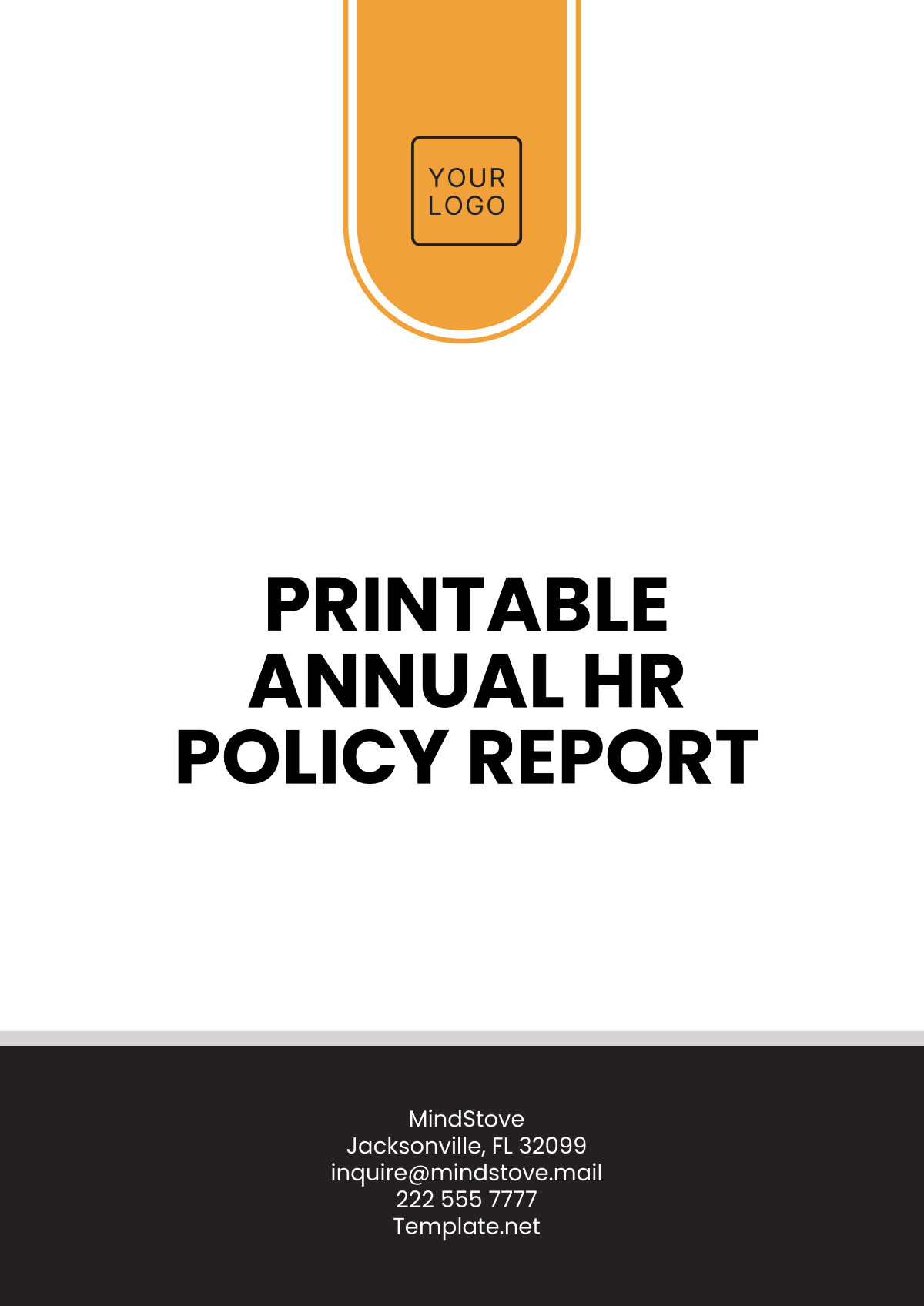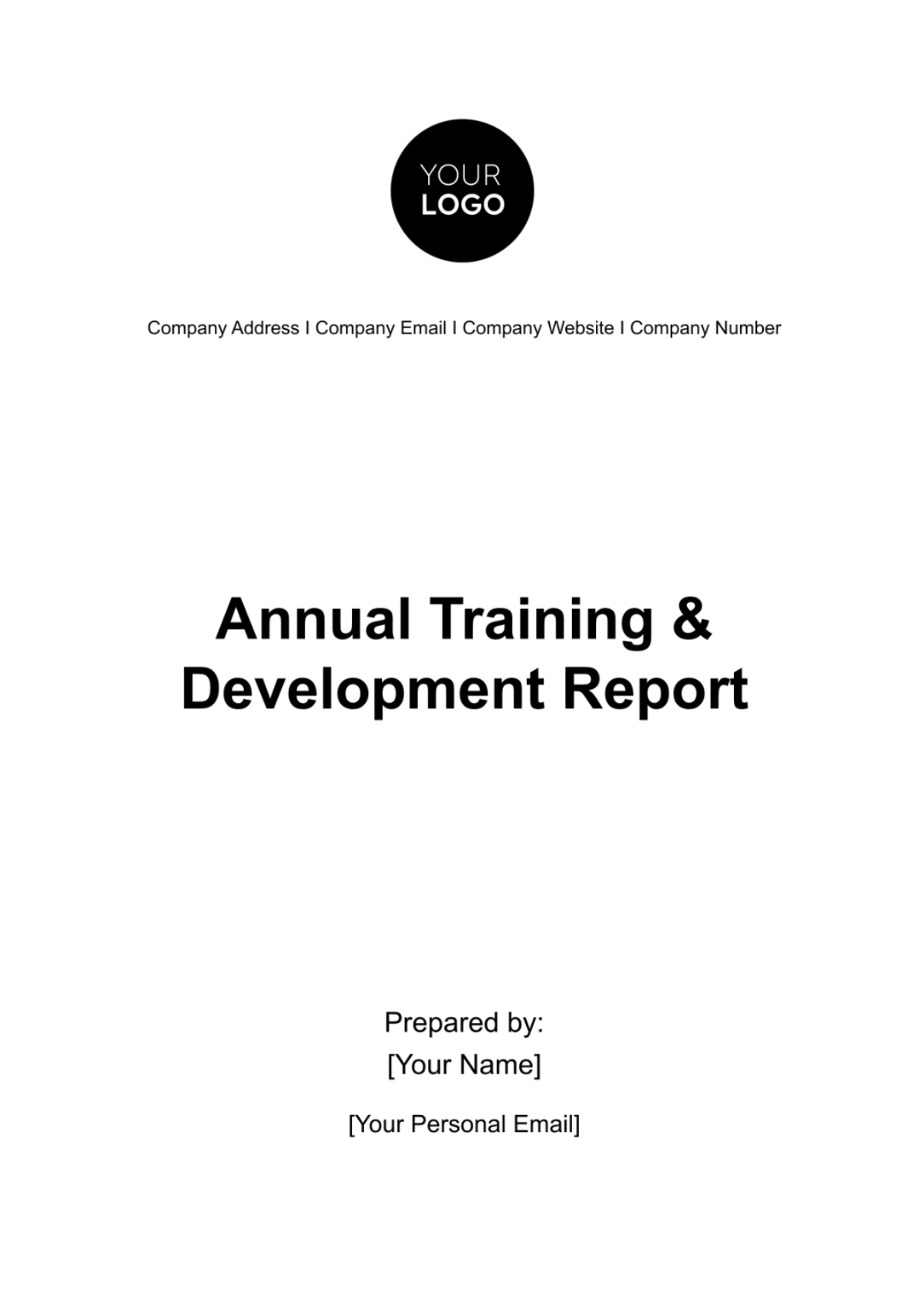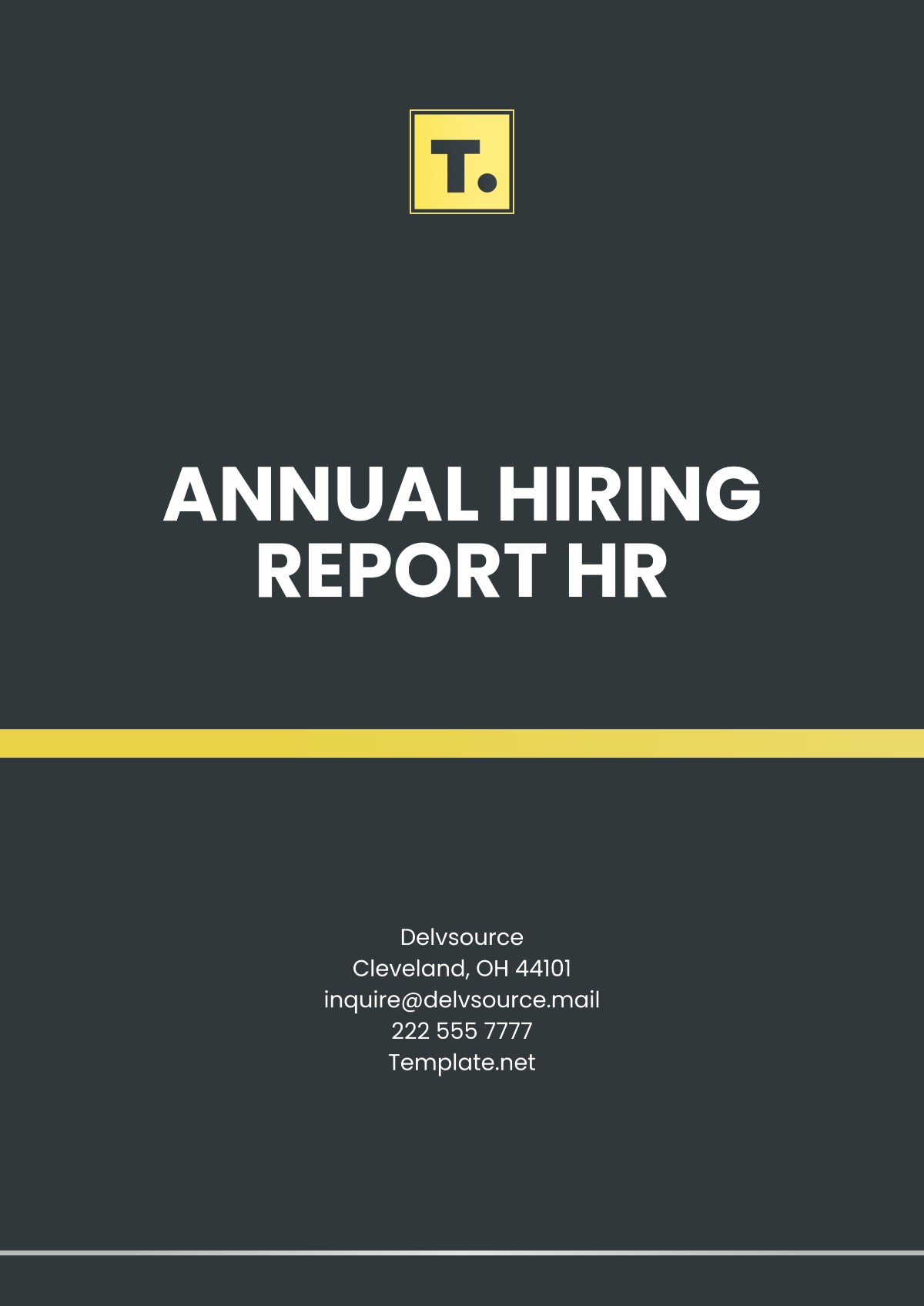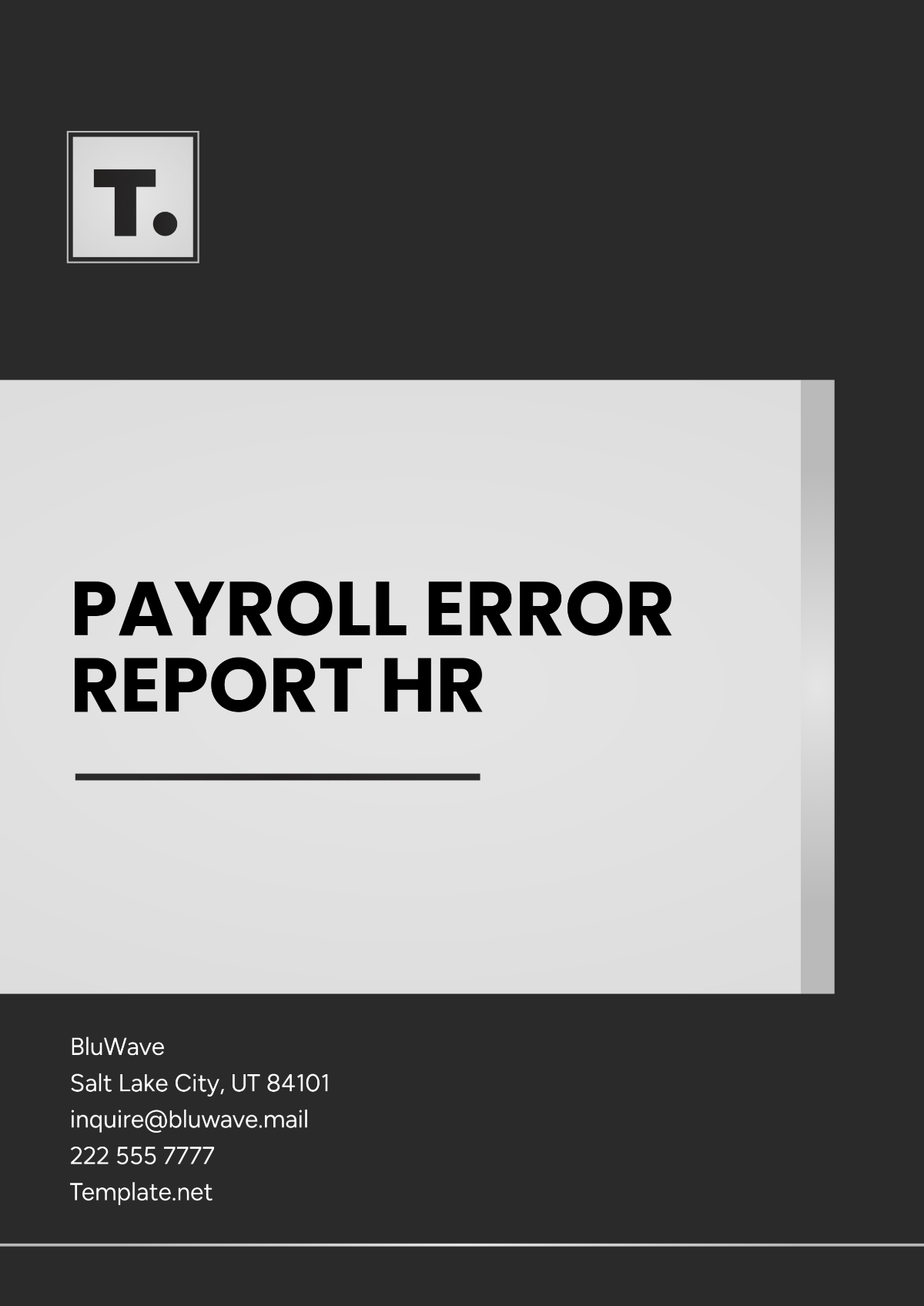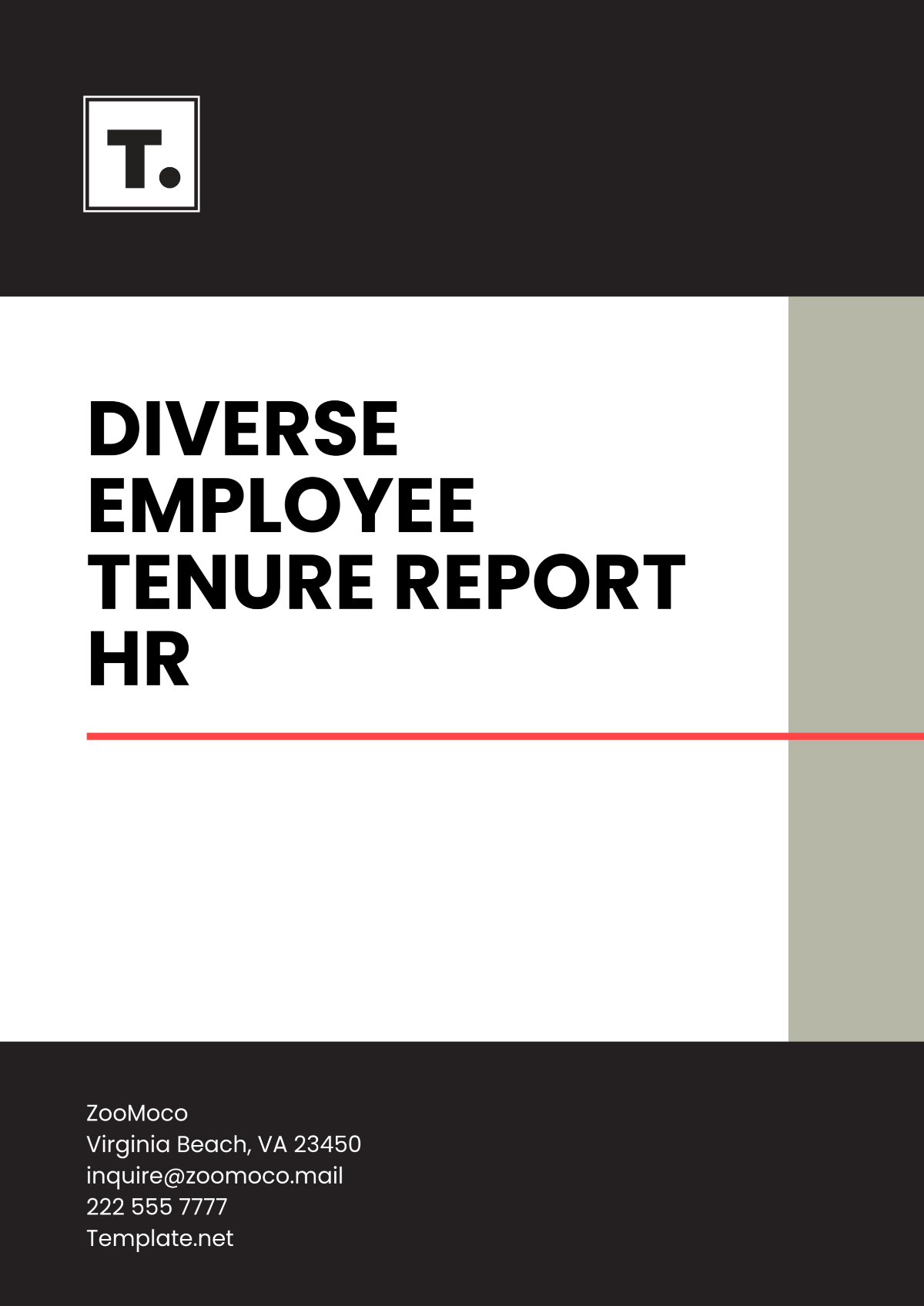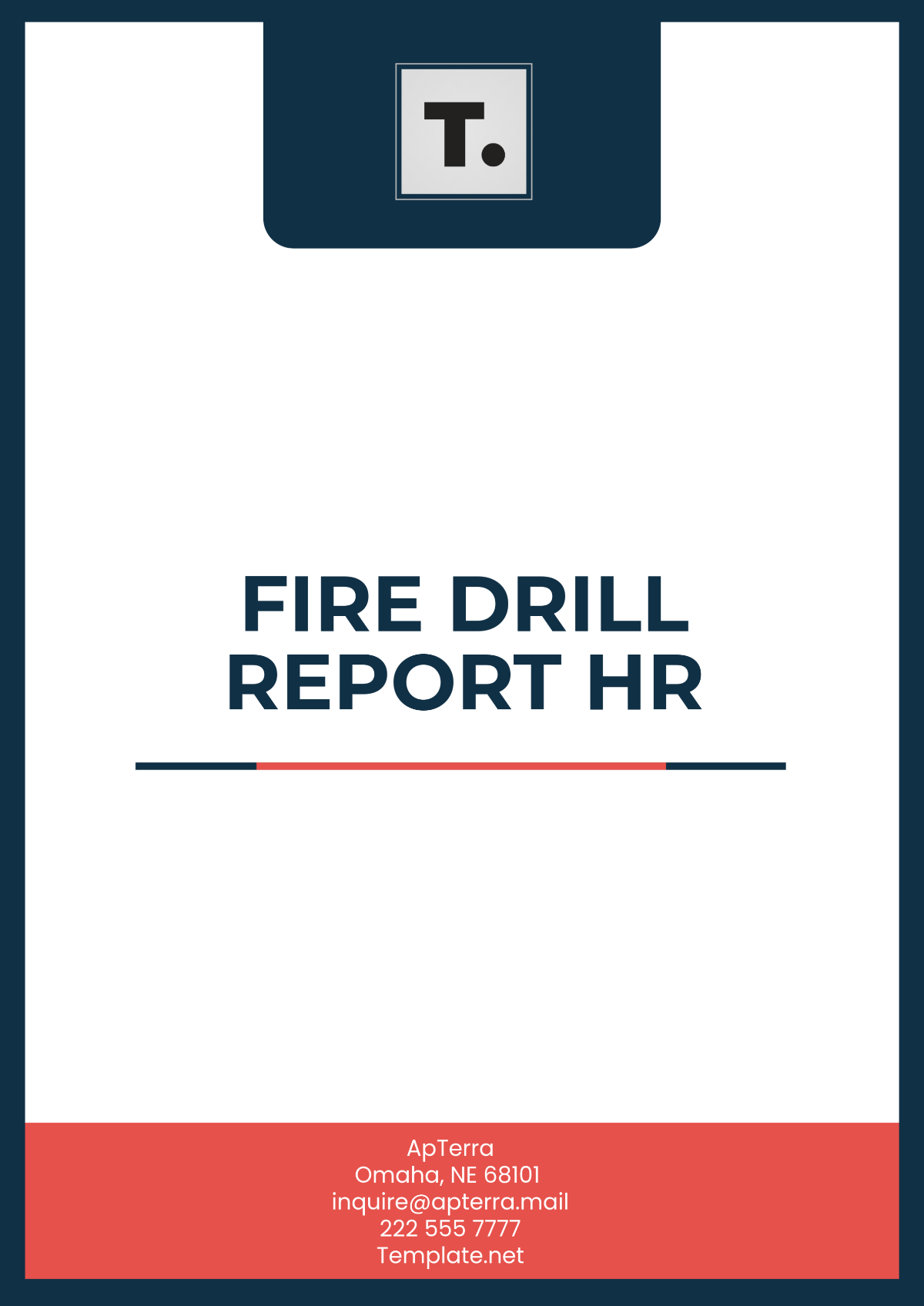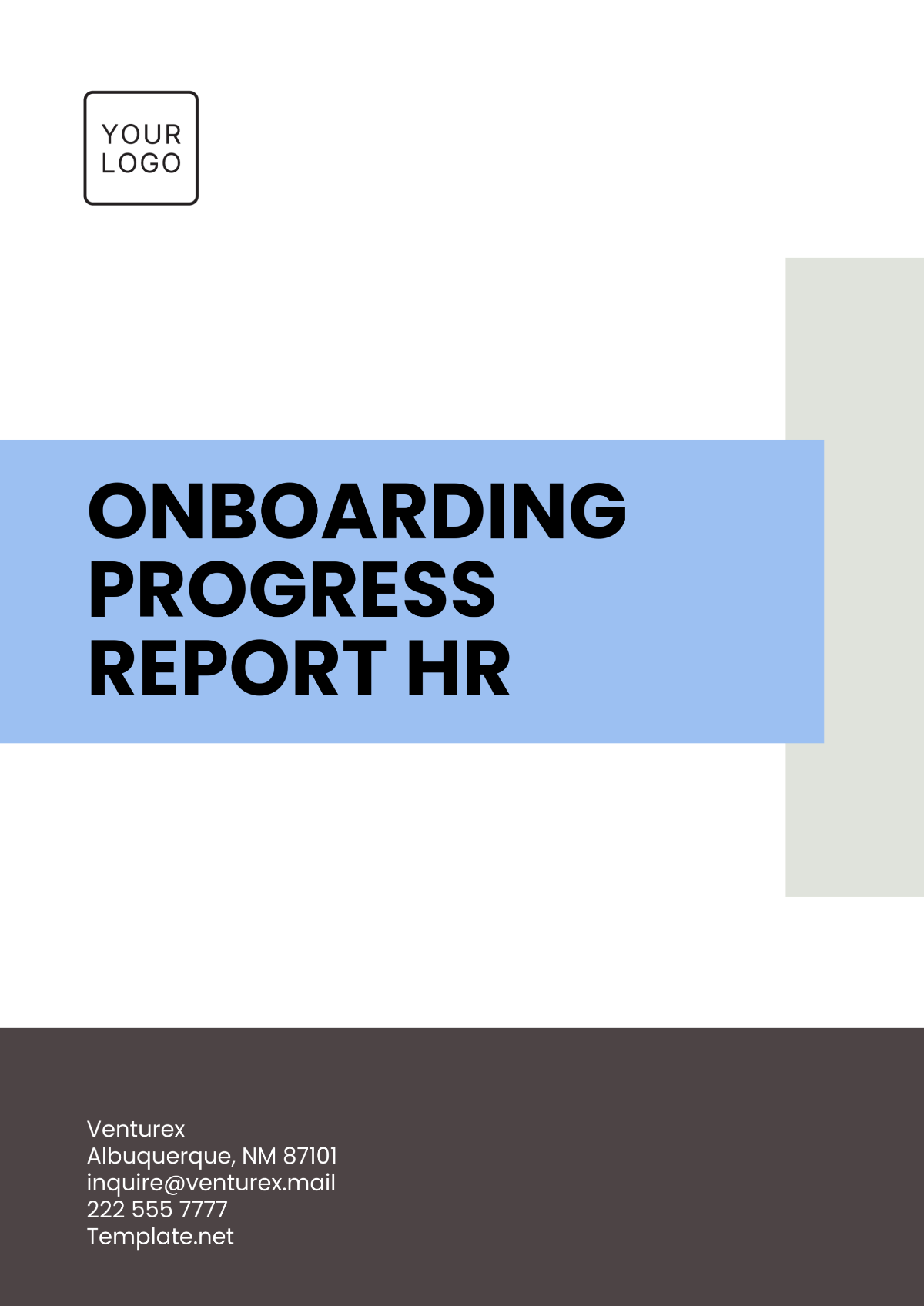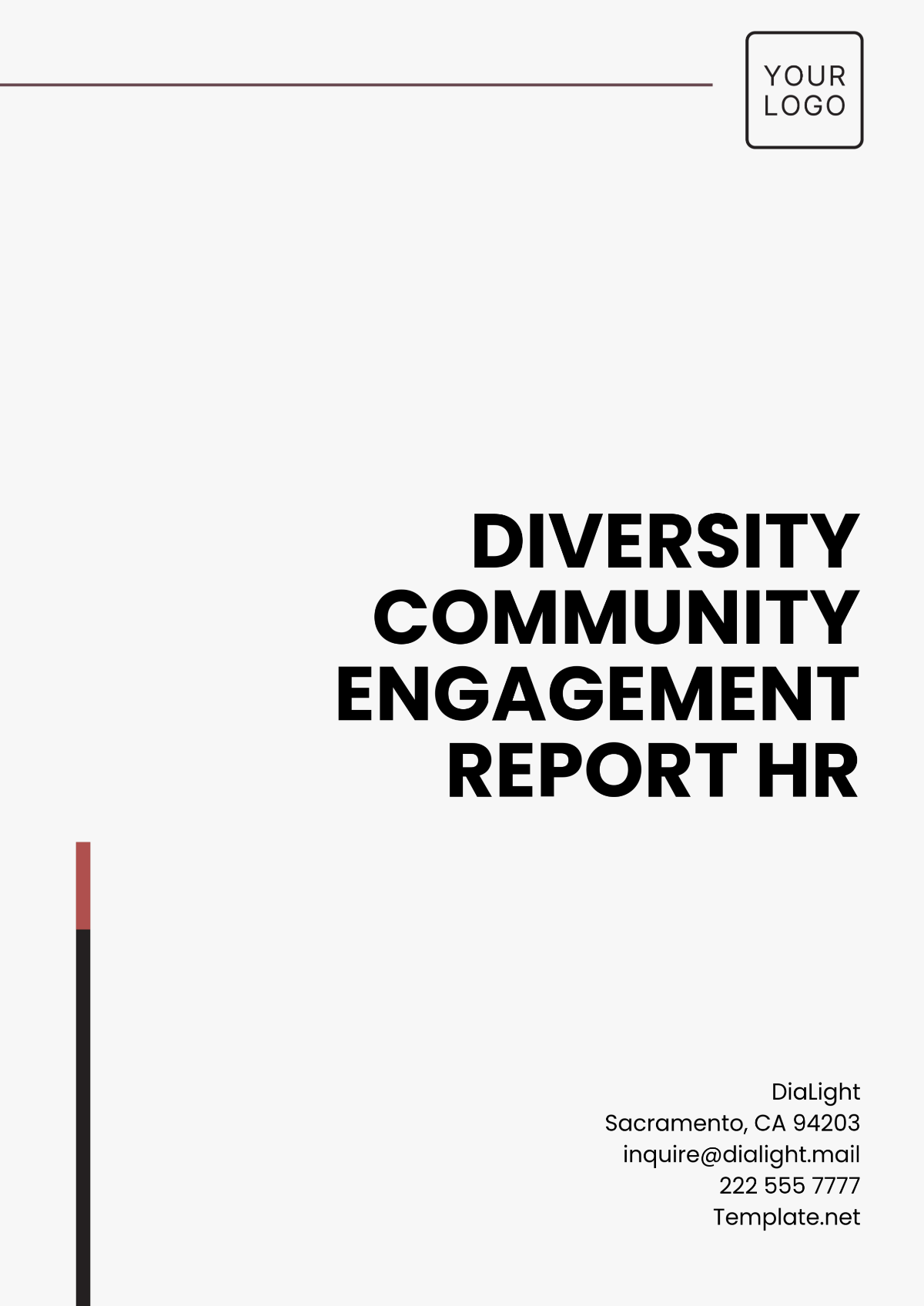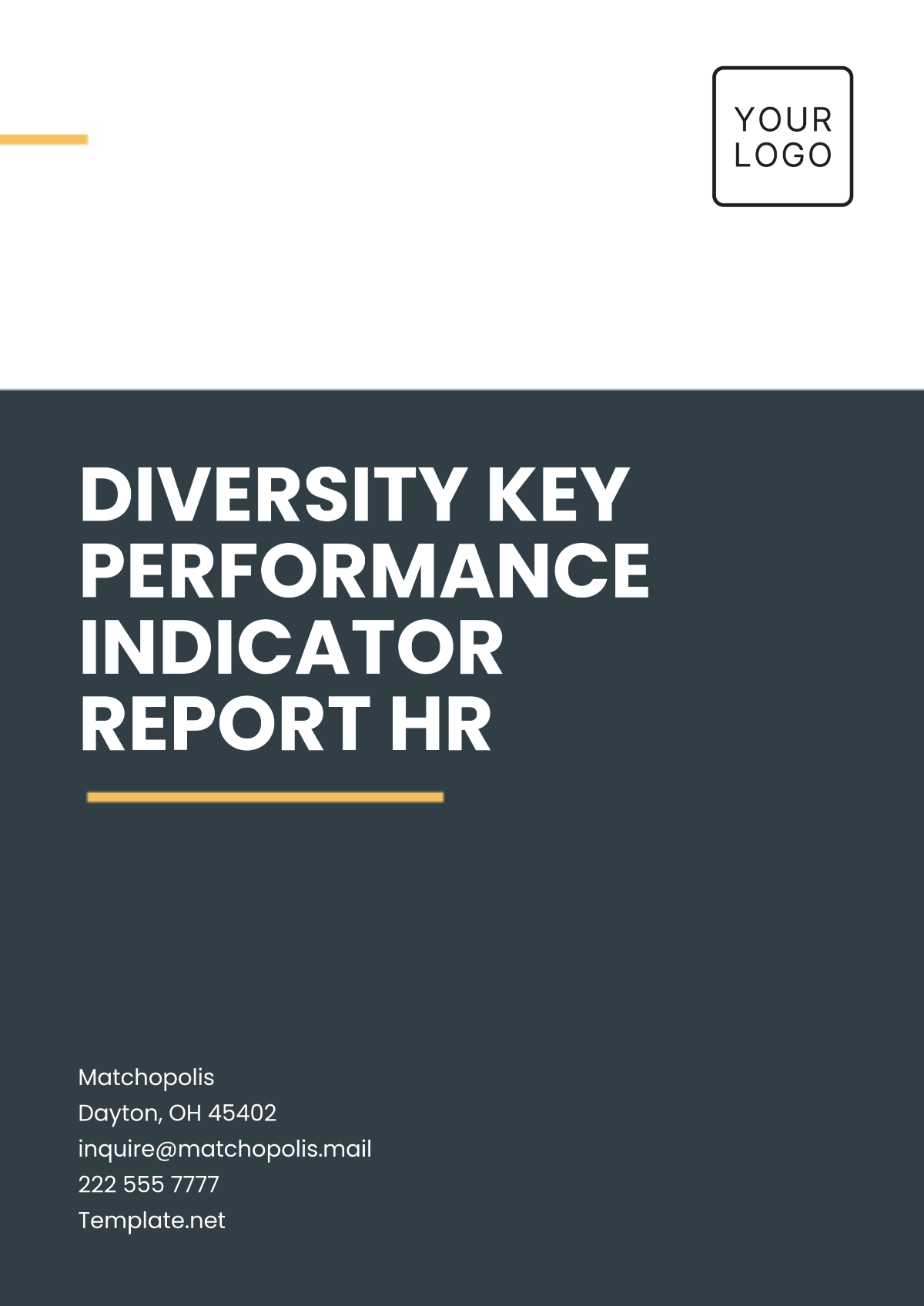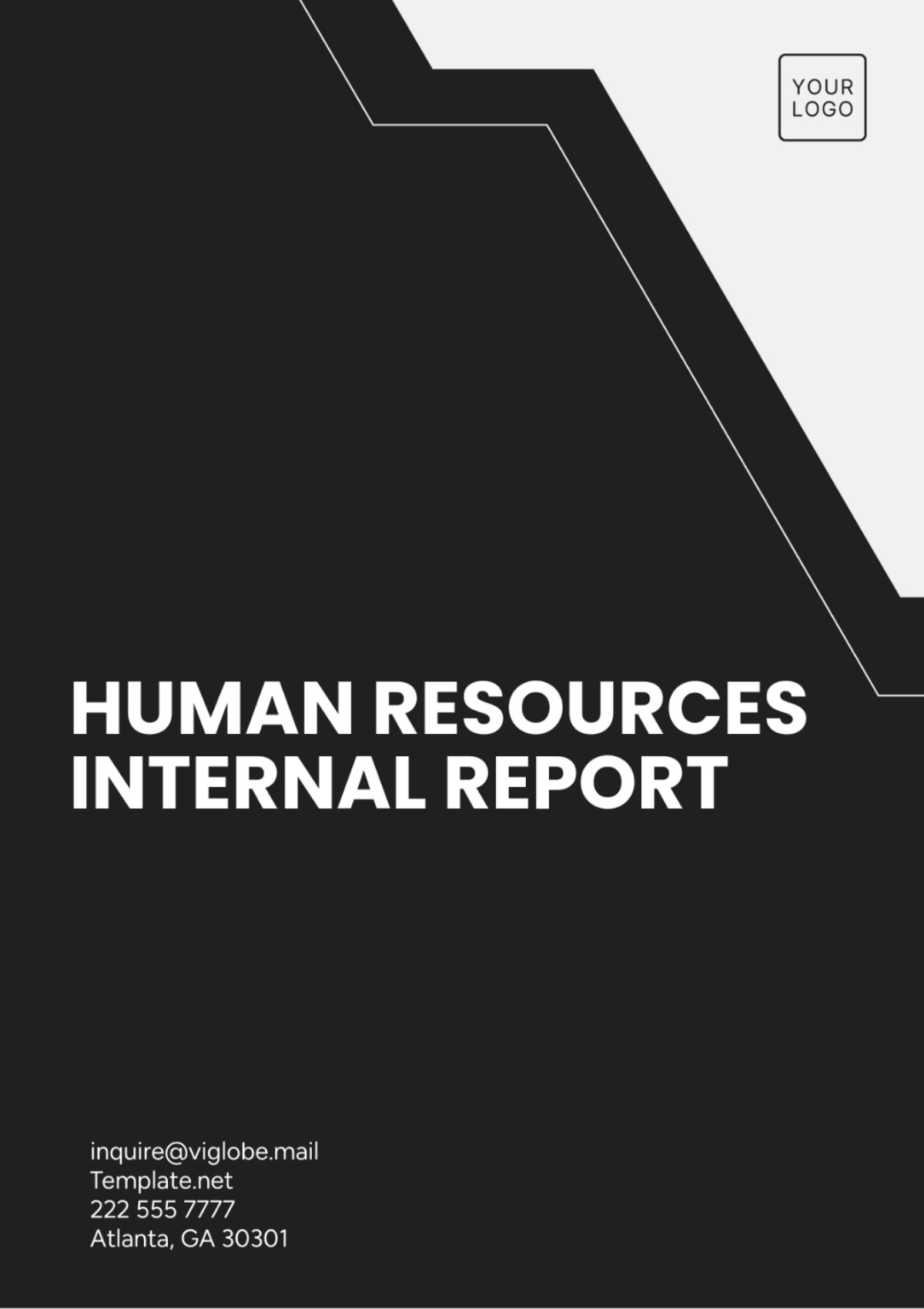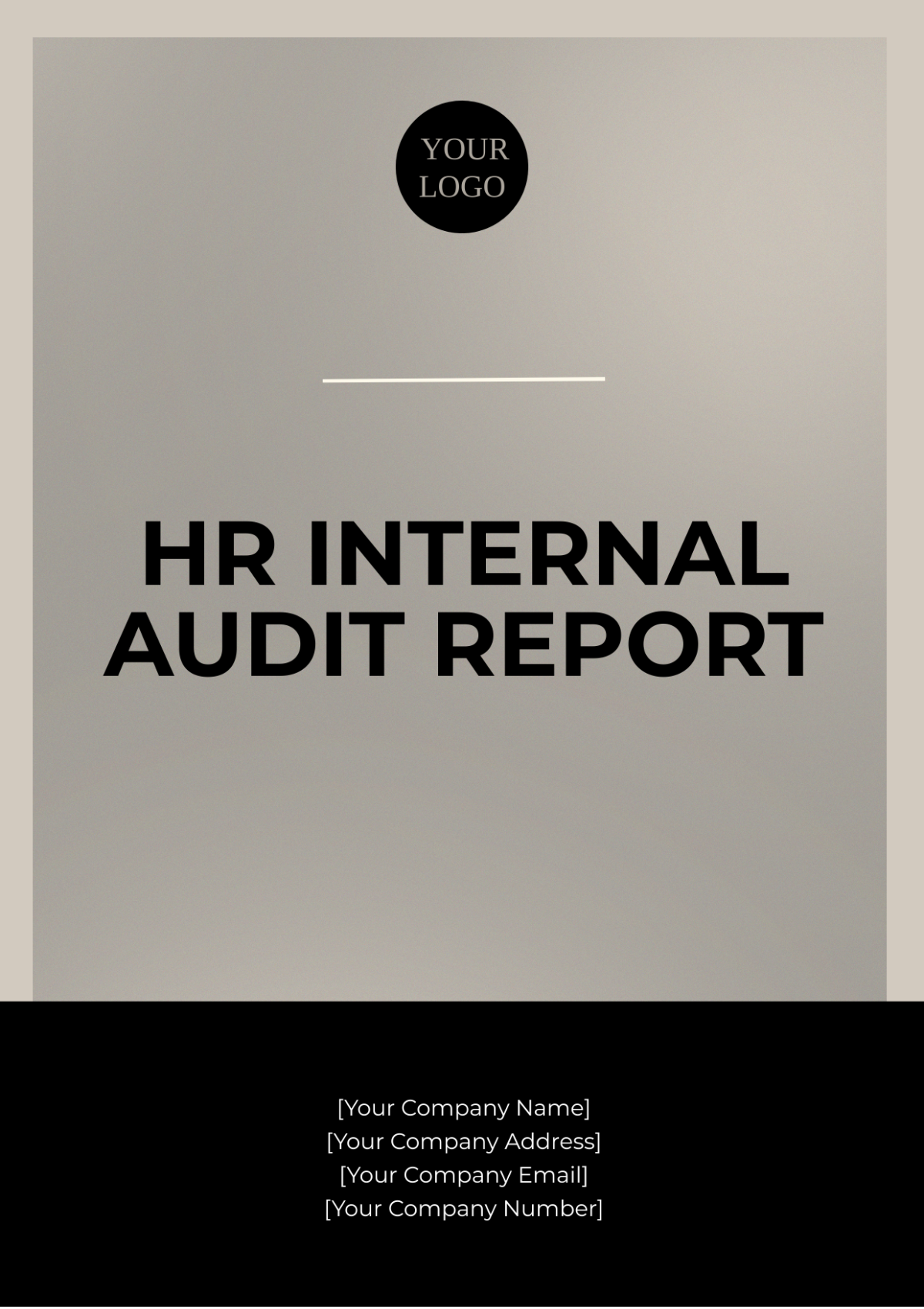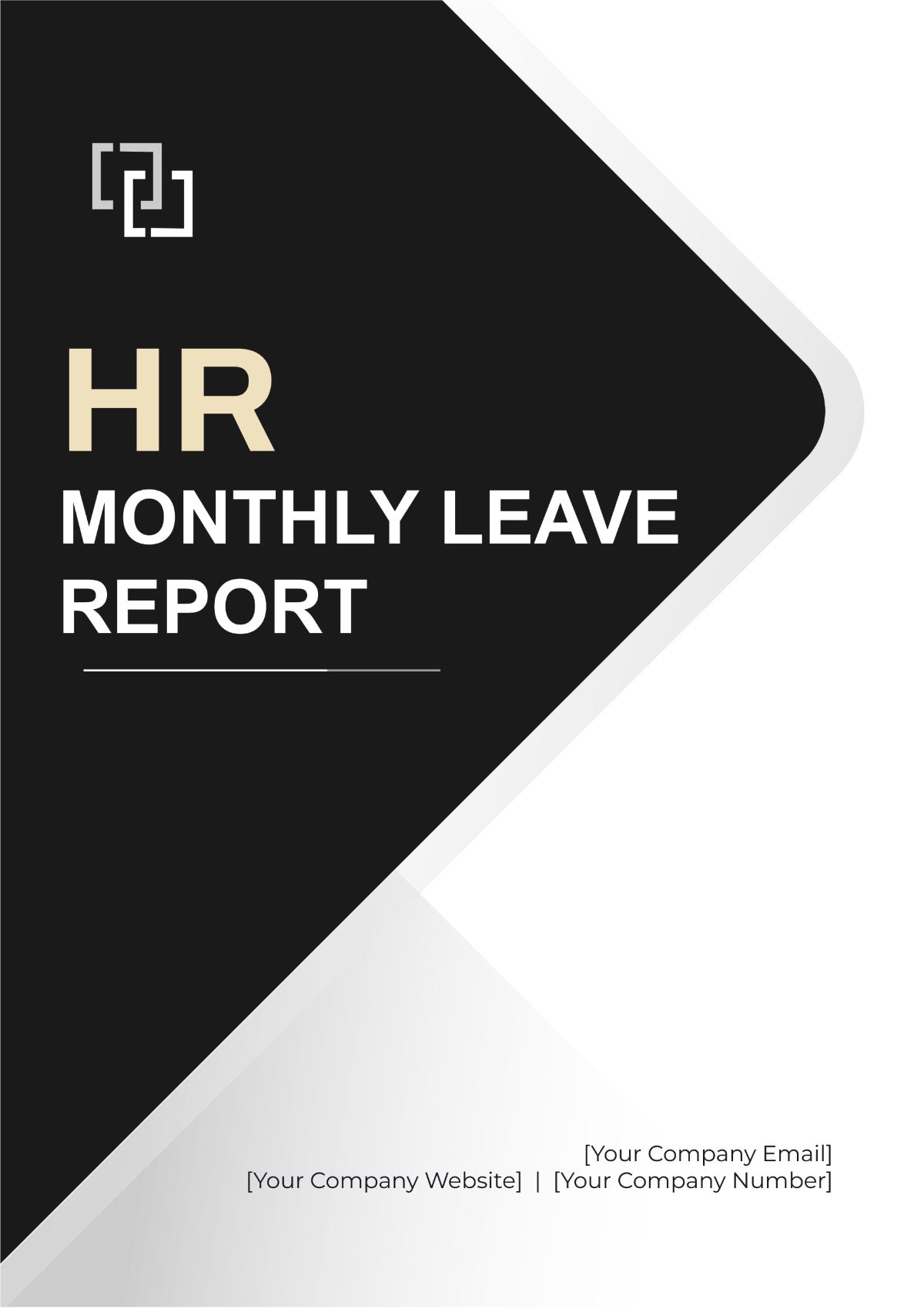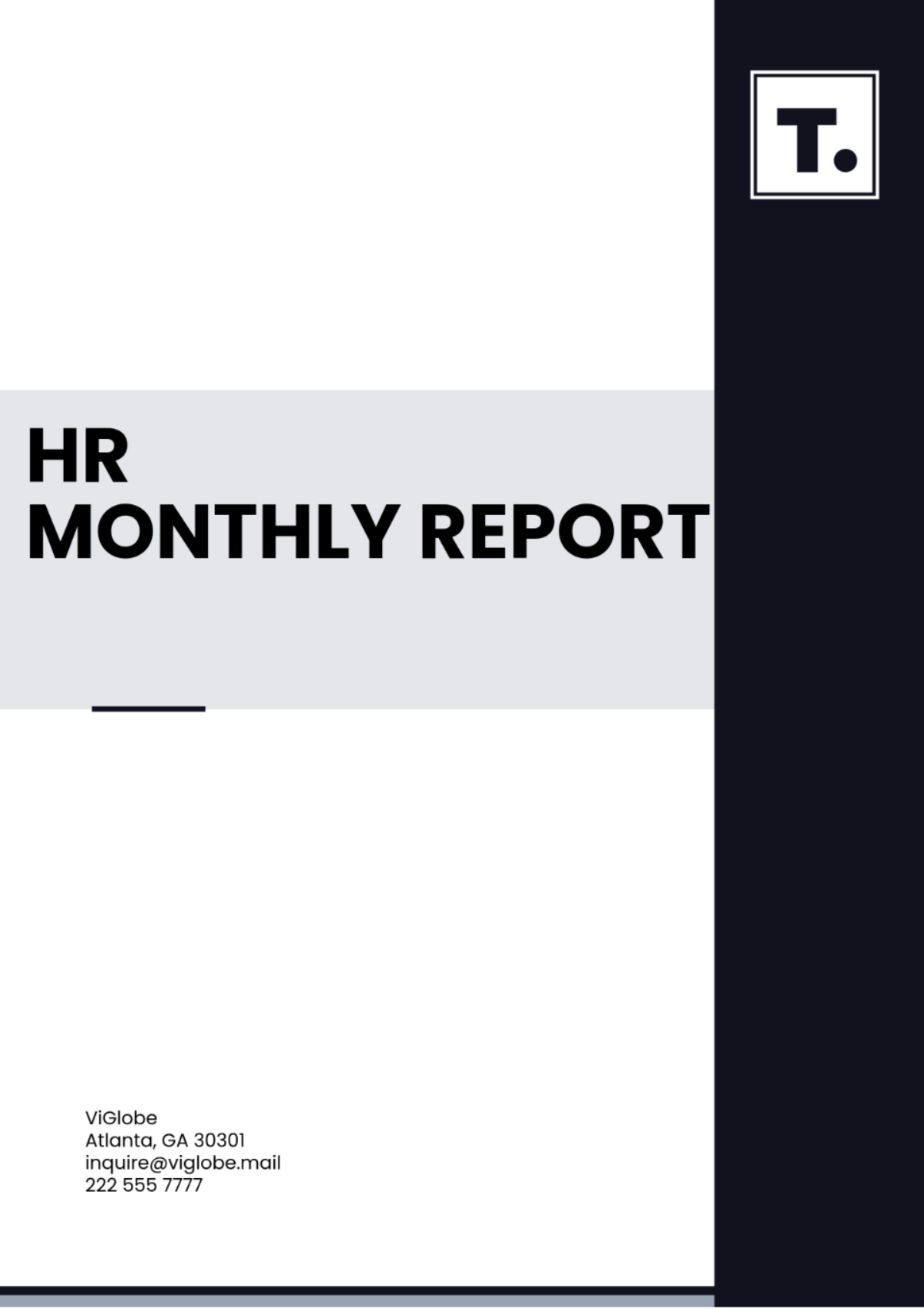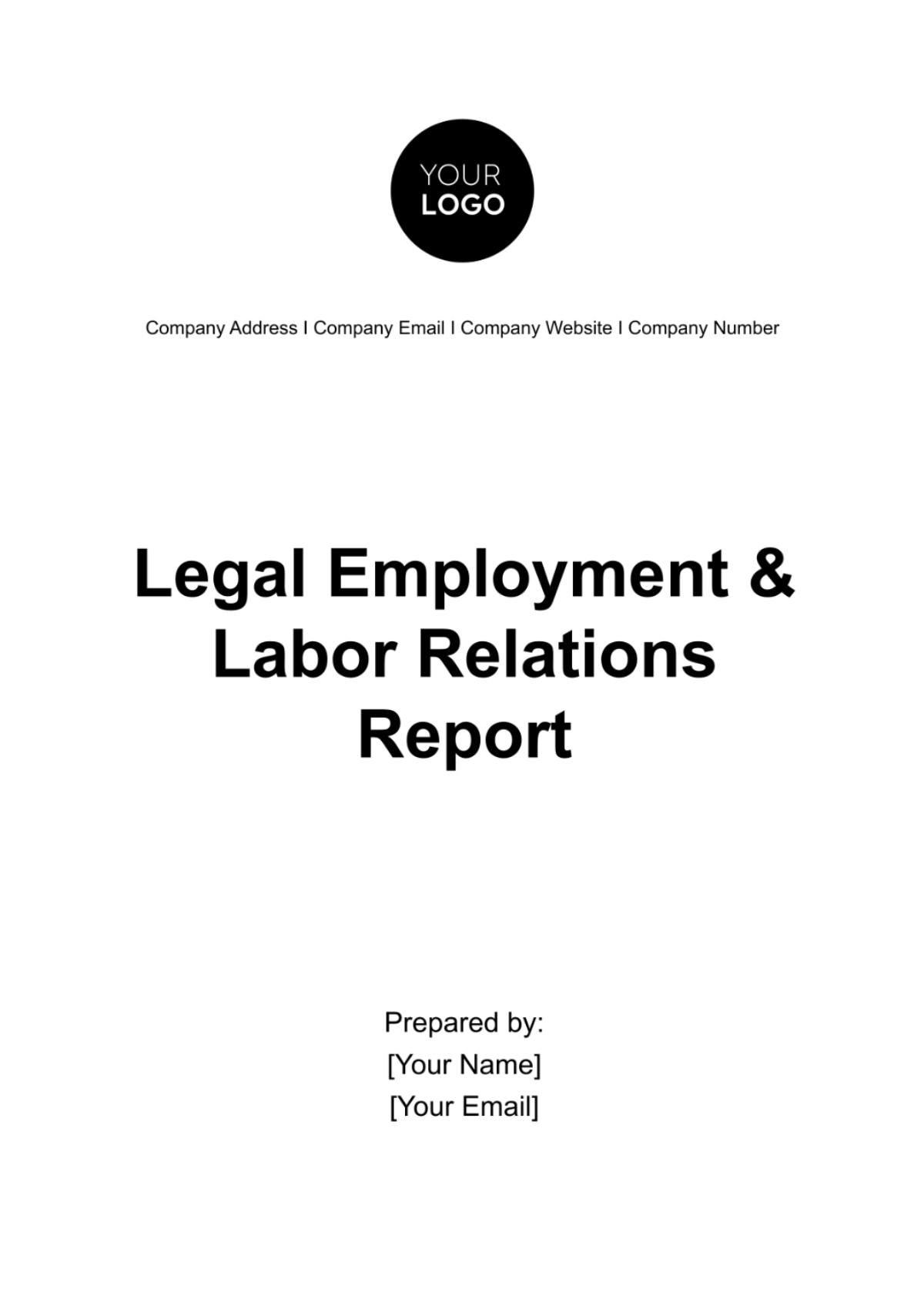TALENT ACQUISITION REPORT
Executive Summary
This Talent Acquisition Report presents an overview of the organization's hiring strategy, recruitment efforts, outcomes, and key performance metrics over the past year. The purpose of this report is to evaluate the effectiveness of talent acquisition strategies, identify areas for improvement, and provide actionable insights for enhancing recruitment processes in the future.
Key insights include:
A summary of recruitment trends
Key performance indicators (KPIs)
Talent pool analysis
Challenges faced and mitigation strategies
Recommendations for the next hiring cycle
Introduction to Talent Acquisition Strategy
Overview of Talent Acquisition Goals
The organization's talent acquisition strategy is designed to attract and retain top-tier candidates, ensuring alignment with organizational goals, culture, and values. The primary goals of the talent acquisition strategy include:
Meeting Workforce Demand: Ensuring sufficient staffing to meet operational requirements.
Improving Employer Brand: Positioning the company as an employer of choice within the industry.
Diversity and Inclusion: Prioritizing a diverse and inclusive hiring process.
Cost-Efficiency: Streamlining the recruitment process to reduce overall hiring costs.
Employee Retention: Focusing on hiring candidates who are likely to stay long-term.
Recruitment Process Overview
The recruitment process involves several stages:
Job Requisition: Identification of hiring needs and approval from department heads.
Sourcing: Utilizing various channels (job boards, social media, recruitment agencies) to find candidates.
Screening: Reviewing resumes and conducting initial phone interviews.
Interviewing: Conducting in-depth interviews with shortlisted candidates.
Offer and Onboarding: Extending job offers and providing a comprehensive onboarding experience.
Talent Acquisition Performance Metrics
Key Performance Indicators (KPIs)
The following KPIs were tracked and analyzed to measure the effectiveness of talent acquisition efforts:
KPI | Target | Actual | Notes |
|---|---|---|---|
Time to Hire | 30 days | 35 days | Slight delay due to approval bottlenecks |
Cost per Hire | $5,000 | $4,750 | Lower than expected due to reduced advertising costs |
Offer Acceptance Rate | 90% | 85% | Slight decline due to more competitive offers from competitors |
Candidate Quality | 85% | 80% | Improvement needed in sourcing and screening |
Diversity Hire Rate | 40% | 42% | Exceeded diversity hiring goal |
Turnover Rate (1st Year) | 10% | 8% | Positive outcome reflecting improved candidate selection |
Time to Hire
Average time to hire: 35 days (target: 30 days)
Analysis: Delays were primarily caused by extended decision-making processes in the approval stages and some candidate rejections after lengthy negotiations.
Improvement Plan: Streamline approval workflows and establish clearer communication with hiring managers.
Cost per Hire
Average cost per hire: $4,750 (target: $5,000)
Analysis: Savings were realized through the use of free and low-cost job boards, as well as leveraging internal referrals.
Improvement Plan: Continue to explore cost-effective recruiting channels while maintaining candidate quality.
Offer Acceptance Rate
Offer acceptance rate: 85% (target: 90%)
Analysis: A decline in the offer acceptance rate was noted due to increased competition and aggressive offers from industry competitors.
Improvement Plan: Enhance the company’s compensation package and offer flexibility in work arrangements to remain competitive.
Recruitment Sources and Channels
Overview of Sourcing Channels
The following channels were primarily used to attract candidates:
Job Boards: LinkedIn, Indeed, Glassdoor
Employee Referrals: High-quality candidates sourced internally.
Recruitment Agencies: External agencies used for specialized roles.
Social Media: Facebook, Twitter, and Instagram to build brand awareness and attract passive candidates.
University Recruiting: Partnership with local universities for internships and entry-level positions.
Channel Performance
Source | Hires | % of Total Hires | Cost per Hire | Quality of Candidates |
|---|---|---|---|---|
Job Boards | 50 | 40% | $4,500 | 80% |
Employee Referrals | 30 | 24% | $2,000 | 95% |
Recruitment Agencies | 25 | 20% | $8,000 | 75% |
Social Media | 15 | 12% | $3,200 | 70% |
University Recruiting | 10 | 4% | $1,800 | 85% |
Analysis of Sourcing Effectiveness
Employee Referrals: Most cost-effective and provided the highest quality candidates.
Job Boards: A strong source of hires but more competitive, leading to higher costs per hire.
Recruitment Agencies: High cost with moderate candidate quality; beneficial for niche roles but could be optimized.
Social Media: Less effective for direct hiring but valuable for employer branding.
University Recruiting: High quality for entry-level roles but requires more effort in building relationships with universities.
Recommendations
Increase Employee Referrals: Strengthen the referral program with incentives to encourage current employees to refer top candidates.
Optimize Job Board Use: Target specific job boards relevant to the industry and roles to improve candidate quality.
Reevaluate Recruitment Agency Contracts: Seek more competitive pricing or focus on using agencies for critical and specialized roles only.
Enhance University Partnerships: Develop stronger partnerships with universities for internship programs and early career talent pipelines.
Diversity and Inclusion in Talent Acquisition
Diversity Hiring Progress
Target: 40% of all hires to come from underrepresented groups.
Actual: 42% of hires were from diverse backgrounds, exceeding expectations.
Diversity Breakdown
Diversity Category | % of Total Hires |
|---|---|
Female Candidates | 50% |
Minority Candidates | 25% |
Veteran Candidates | 5% |
LGBTQ+ Candidates | 7% |
Disability Candidates | 3% |
Strategies Implemented
Bias-Free Hiring: Structured interviews and blind resume screenings were implemented to reduce bias.
Partnerships with Diversity Organizations: Worked with diversity-focused recruitment agencies and attended diversity job fairs.
Inclusive Job Descriptions: Used language that appeals to a wide range of candidates and highlights the company's commitment to diversity.
Future Focus Areas
Expand Diversity Sourcing: Explore additional sourcing channels that target underrepresented groups.
Improve Retention: Focus on creating an inclusive workplace culture that supports the long-term success of diverse hires.
Challenges and Mitigation Strategies
Key Challenges
Candidate Shortages: Certain specialized roles faced a shortage of qualified candidates.
Competition for Talent: Aggressive recruitment efforts from competitors increased competition for top candidates.
Hiring Delays: Delays in the interview and approval process impacted the overall time to hire.
Mitigation Strategies
Strengthened Partnerships with Educational Institutions: Partnering with local and national universities helped address skill gaps in entry-level positions.
Employer Branding: Continued investment in building a positive employer brand to attract top talent.
Improved Collaboration: Enhanced communication between HR and department heads to streamline the approval and interview process.
Conclusion and Recommendations
This Talent Acquisition Report provides an in-depth look into the effectiveness of the organization's recruitment efforts. Key achievements include exceeding the diversity hiring goal, optimizing cost per hire, and improving the quality of candidates hired. However, challenges such as competition for talent and delays in the recruitment process still need to be addressed.
Recommendations for the Next Hiring Cycle
Increase Investments in Employer Branding: To remain competitive in a tight labor market.
Optimize Recruitment Channels: Focus on the most cost-effective sources of high-quality candidates.
Enhance Internal Processes: Improve the speed of decision-making and reduce time to hire.
Focus on Retention: In addition to attracting talent, focus on developing strategies for retaining top employees.
By implementing these strategies, the organization will be better positioned to meet its talent acquisition goals and strengthen its workforce for the future.
